White siding remains one of the most timeless and versatile choices for home exteriors, offering endless possibilities for creating stunning architectural statements. From classic farmhouse charm to sleek contemporary designs, white siding provides a clean canvas that enhances any architectural style while maintaining exceptional curb appeal. This comprehensive guide explores twenty-five distinctive white siding house designs, each representing a complete aesthetic approach that combines architectural elements, materials, and styling details into cohesive themes. Whether you're drawn to coastal cottage charm, modern minimalism, or traditional elegance, these design concepts demonstrate how white siding can transform your home's exterior into a breathtaking showcase of style and sophistication.

1. Modern Farmhouse with Board and Batten Siding
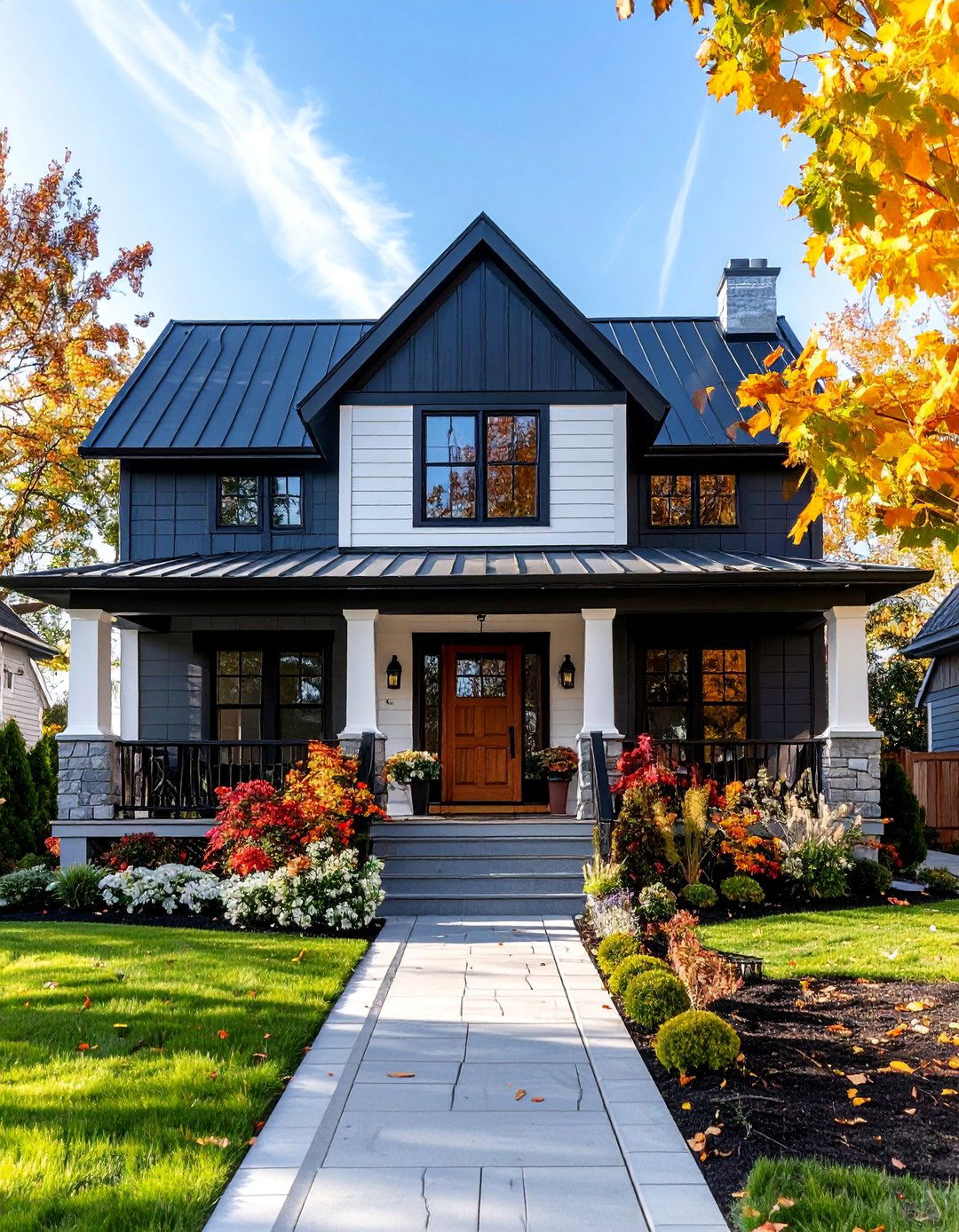
This design combines crisp white board and batten siding with black window frames and a dark metal roof to create the quintessential modern farmhouse aesthetic. The vertical siding panels create clean lines and visual height, while the black trim provides striking contrast that defines architectural features. A covered front porch with white columns and black railings extends the welcoming farmhouse character. Natural wood accents on the front door and garage doors add warmth to the monochromatic palette. Large windows flood the interior with light while maintaining the home's symmetrical proportions. Stone foundation elements ground the design and connect it to the surrounding landscape, creating a perfect balance between rustic charm and contemporary sophistication.
2. Coastal Cottage with White Shake Siding

Weathered white cedar shake siding creates an authentic coastal cottage appearance that evokes seaside living and maritime traditions. The textured shingles provide dimensional interest while reflecting the natural weathering patterns found in historic beach communities. Soft blue shutters and trim complement the white siding, creating a gentle color palette reminiscent of ocean waves and sandy shores. A wraparound porch with white railings offers outdoor living space while protecting the home from coastal elements. Dormer windows with decorative trim add character and provide natural light to upper-level spaces. The steep-pitched roof efficiently sheds rain and snow while maintaining traditional proportions. Native coastal landscaping with ornamental grasses and salt-tolerant plants completes this charming seaside retreat design.
3. Contemporary Minimalist White Lap Siding
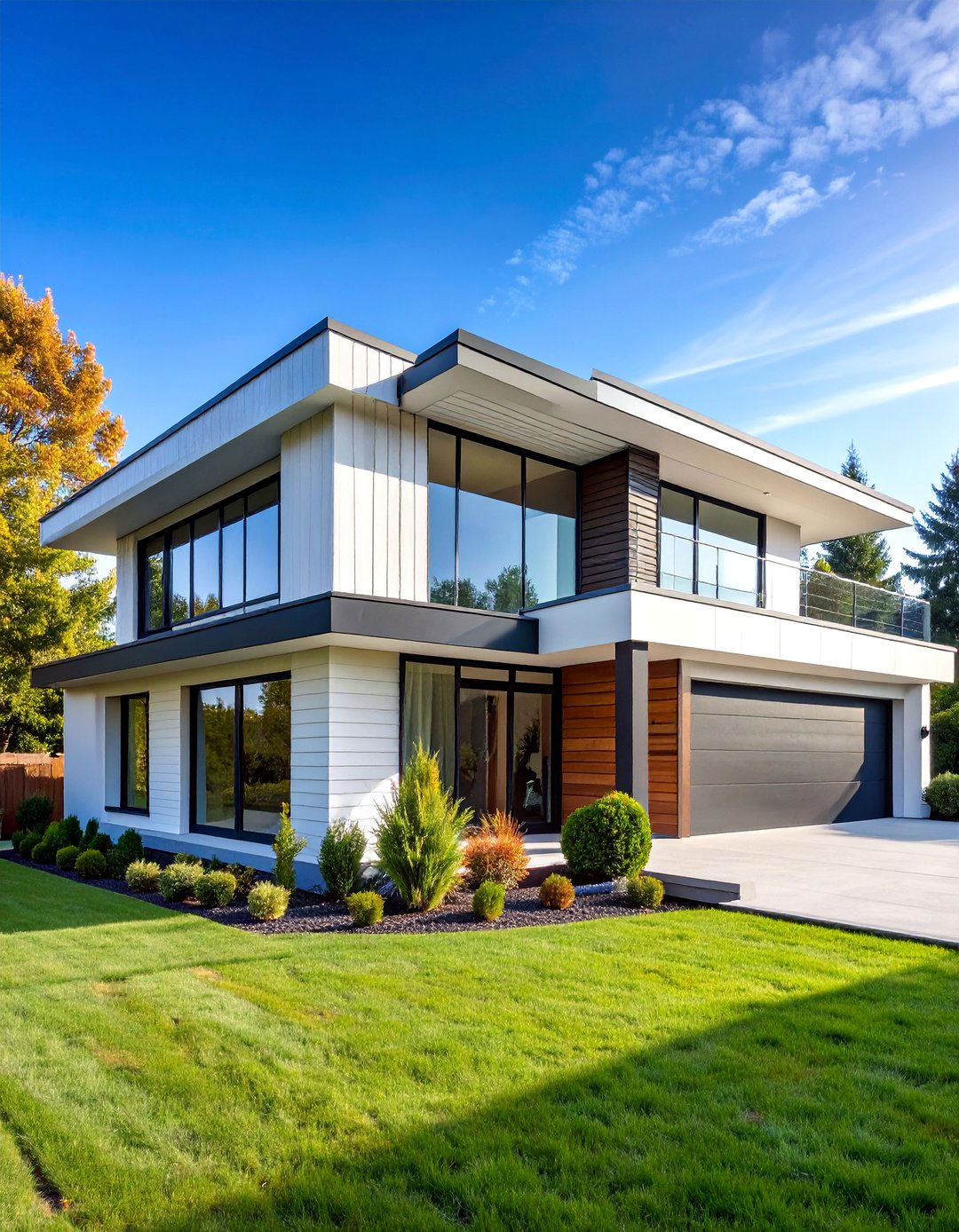
Clean, horizontal white lap siding creates a sleek contemporary exterior that emphasizes geometric precision and architectural simplicity. The smooth siding panels are installed with tight reveals to maintain uninterrupted lines across the facade. Floor-to-ceiling windows with black frames create dramatic focal points while flooding interior spaces with natural light. A flat or low-pitched roof reinforces the modern aesthetic while providing clean rooflines. Minimal landscaping with structured plantings and hardscape elements complement the home's geometric design language. The absence of decorative trim allows the siding's linear quality to take center stage. Strategic lighting highlights architectural features after dark, creating a sophisticated nighttime presence that showcases the home's contemporary character and attention to detail.
4. Traditional Cape Cod with White Clapboard
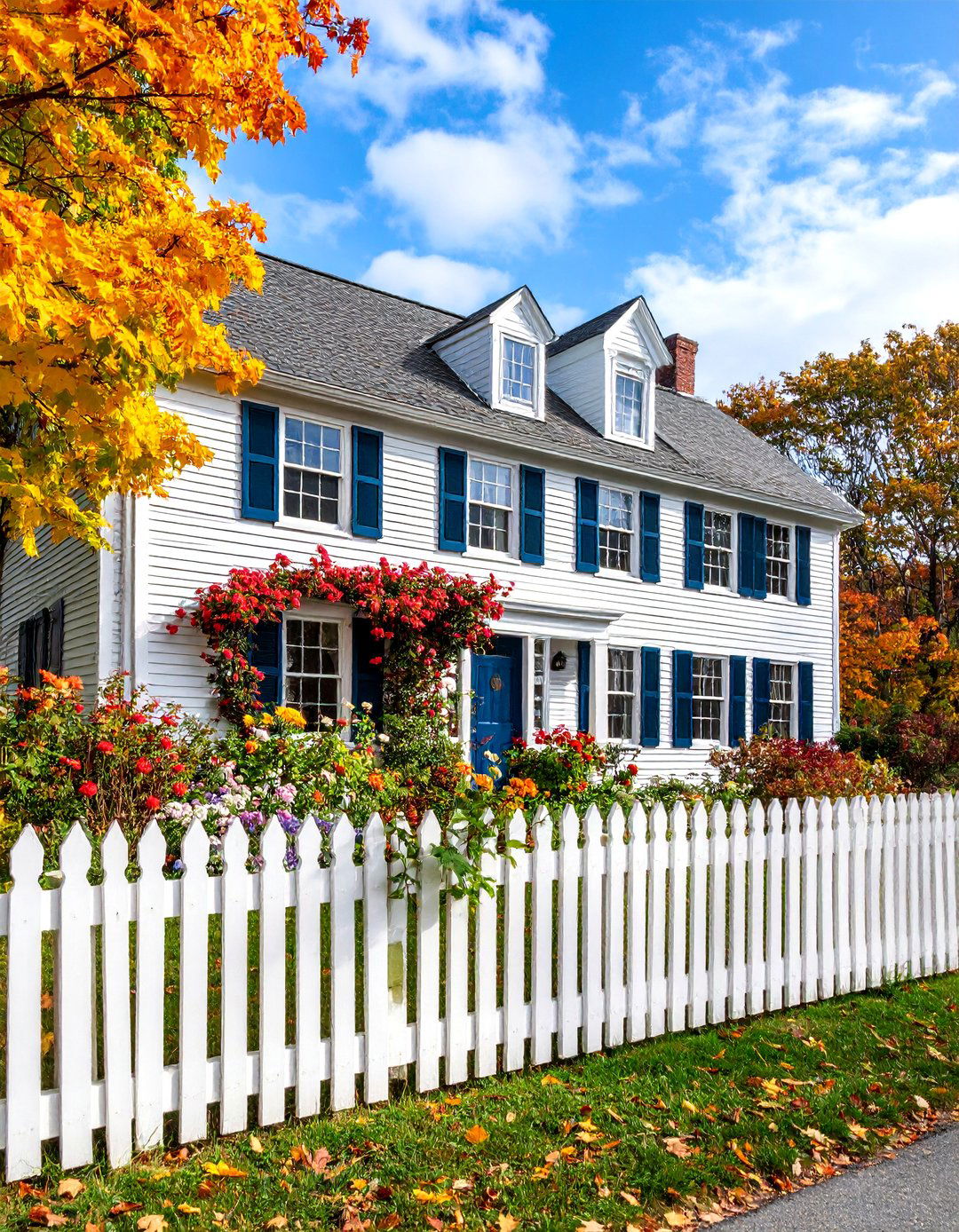
Classic white clapboard siding paired with black shutters creates the timeless Cape Cod aesthetic that has defined American architecture for centuries. The narrow horizontal siding boards provide subtle texture while maintaining the home's traditional proportions and symmetrical facade. A central front door flanked by multi-pane windows creates perfect symmetry that characterizes this architectural style. Dormers with matching siding and trim add upper-level space while preserving the home's compact footprint. A brick chimney provides a focal point and connects to the home's colonial heritage. White picket fencing and traditional landscaping with boxwood hedges and seasonal flowers enhance the quintessential New England charm. The steep-pitched roof with asphalt shingles efficiently manages weather while maintaining authentic proportions that honor this enduring American architectural tradition.
5. Craftsman-Inspired White Siding with Stone Accents
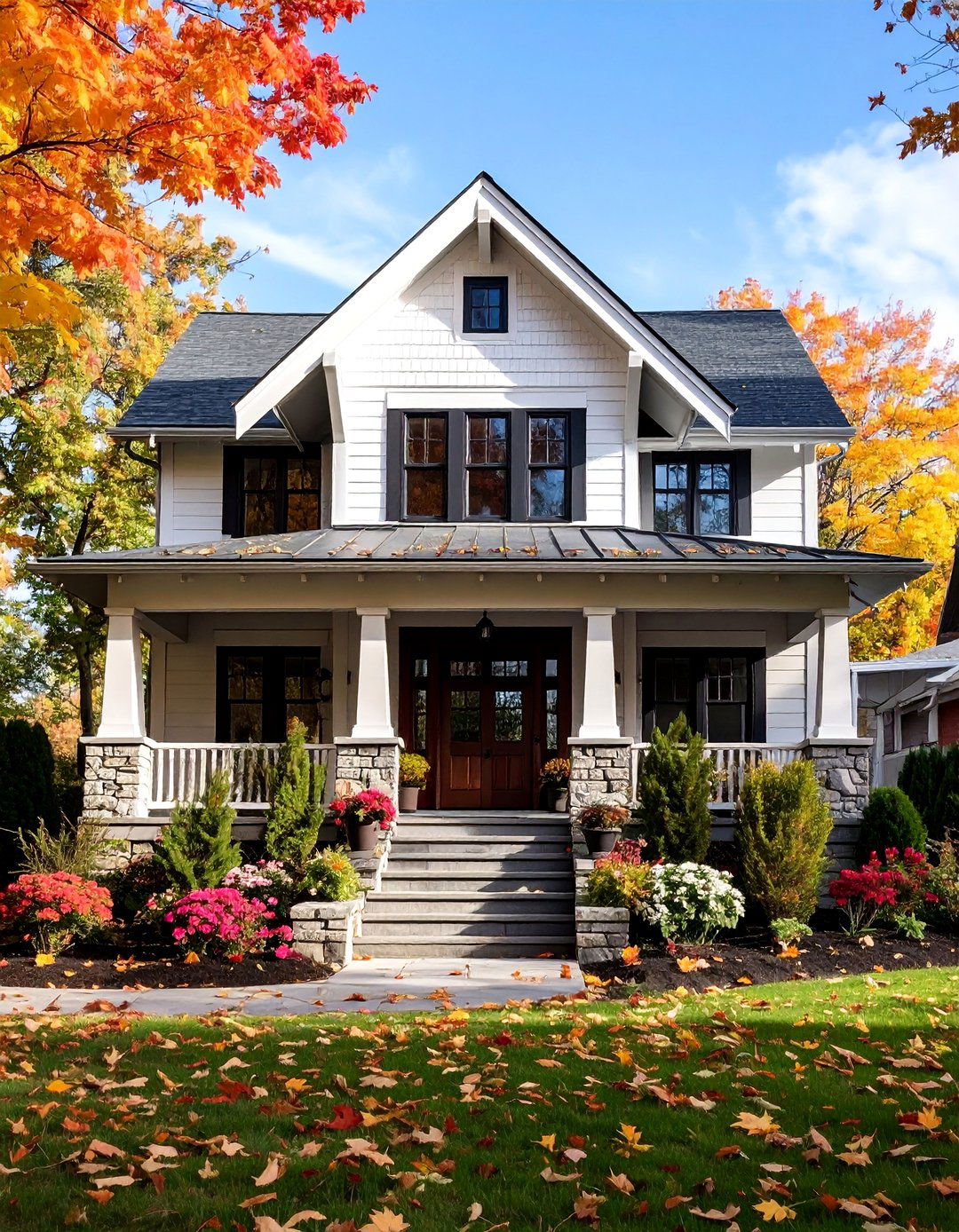
White fiber cement siding combines with natural stone foundation elements to create a Craftsman-inspired design that balances rustic charm with contemporary durability. The horizontal siding provides clean lines while stone accents add texture and visual weight to the home's base. Exposed rafter tails and decorative brackets under the eaves showcase traditional Craftsman details in painted white wood. A covered front porch with tapered columns and stone bases creates welcoming outdoor space. Large windows with divided lights provide period-appropriate character while maximizing natural light. The low-pitched roof with wide overhangs offers protection from the elements while maintaining the style's characteristic proportions. Landscaping with native plants and natural materials complements the home's connection to its natural surroundings and Arts and Crafts heritage.
6. Tudor Revival with White Stucco and Dark Trim
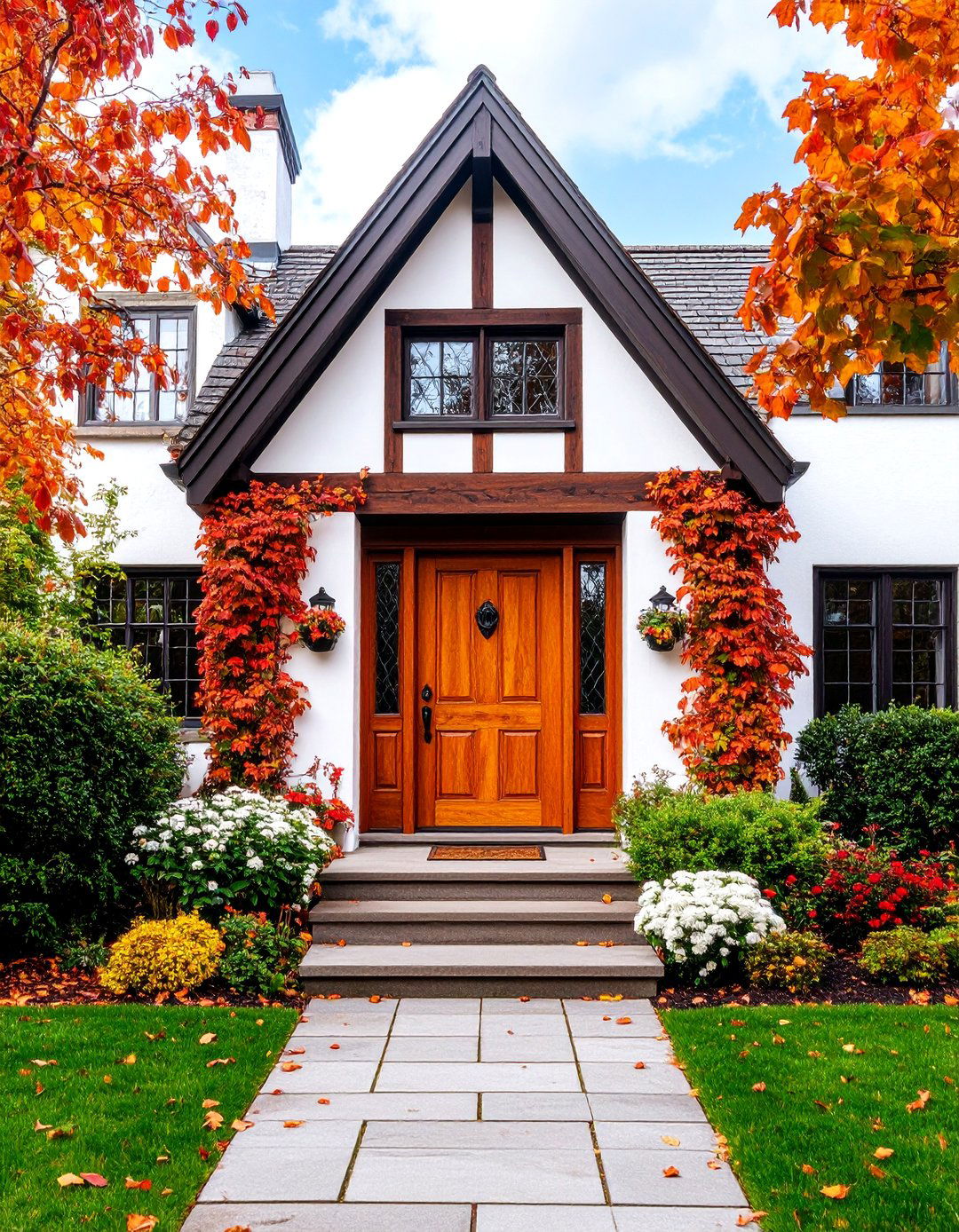
White stucco siding combined with dark brown timber framing creates an elegant Tudor Revival exterior that captures Old World charm with modern functionality. The smooth stucco provides clean surfaces while decorative timber details add architectural interest and historical authenticity. Steep-pitched rooflines with multiple gables create dramatic silhouettes that define this distinctive style. Leaded glass windows in casement or double-hung configurations provide period-appropriate character while maintaining energy efficiency. A heavy wooden front door with iron hardware serves as a focal point that welcomes visitors. Arched openings and decorative stonework around entries and windows add refinement to the facade. Formal landscaping with structured plantings and hedge rows complements the home's European-inspired character while creating elegant outdoor spaces that extend the architectural theme.
7. Greek Revival with White Columns and Siding
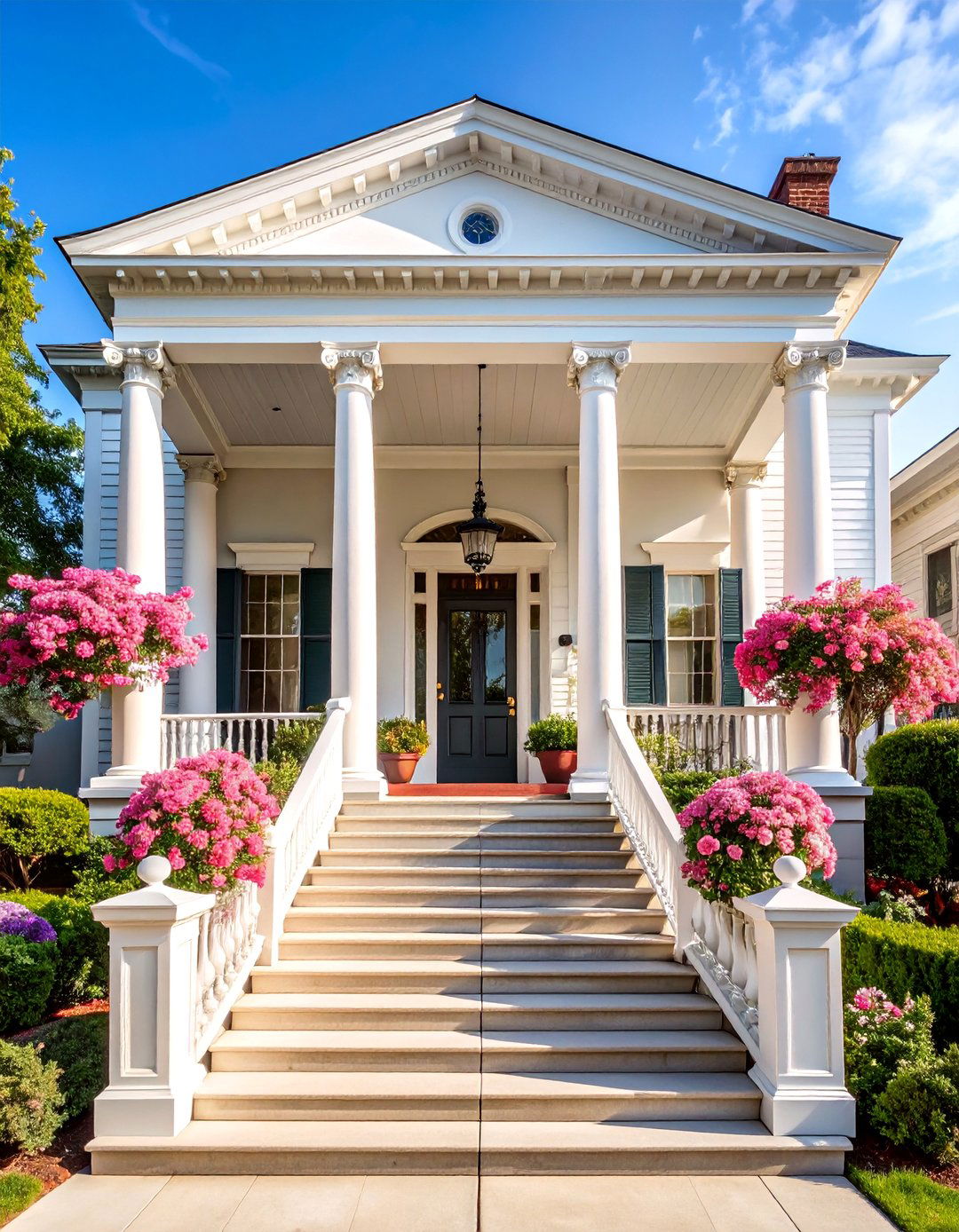
Majestic white columns supporting a classical pediment create a Greek Revival exterior that embodies American architectural grandeur and neoclassical sophistication. White clapboard or smooth board siding provides an elegant backdrop for the prominent columned portico that defines this style. The symmetrical facade with evenly spaced windows maintains classical proportions that honor ancient Greek temple architecture. Decorative moldings and trim details painted in crisp white enhance the home's refined character. A low-pitched roof with wide cornices creates strong horizontal lines that emphasize the building's stately presence. The raised foundation and formal front steps add dignity and elevation to the entrance sequence. Formal landscaping with symmetrical plantings and geometric gardens complement the home's classical architecture while creating an appropriately grand setting for this distinguished architectural style.
8. Ranch Style with White Horizontal Siding

Low-profile white horizontal siding creates a clean-lined ranch home that emphasizes the style's characteristic sprawling proportions and single-story convenience. The smooth siding installation maintains consistent reveals that enhance the home's streamlined appearance. Large picture windows and sliding glass doors connect interior spaces to outdoor living areas while maintaining the ranch's indoor-outdoor lifestyle focus. A low-pitched roof with wide overhangs provides weather protection while creating strong horizontal emphasis. Attached garages and covered patios extend the home's functional footprint while maintaining architectural continuity. The foundation plantings and simple landscaping complement the home's unpretentious character. Modern updates including energy-efficient windows and contemporary lighting fixtures bring this mid-century style into the present while preserving its essential horizontal emphasis and connection to the surrounding landscape.
9. Victorian Cottage with White Gingerbread Trim
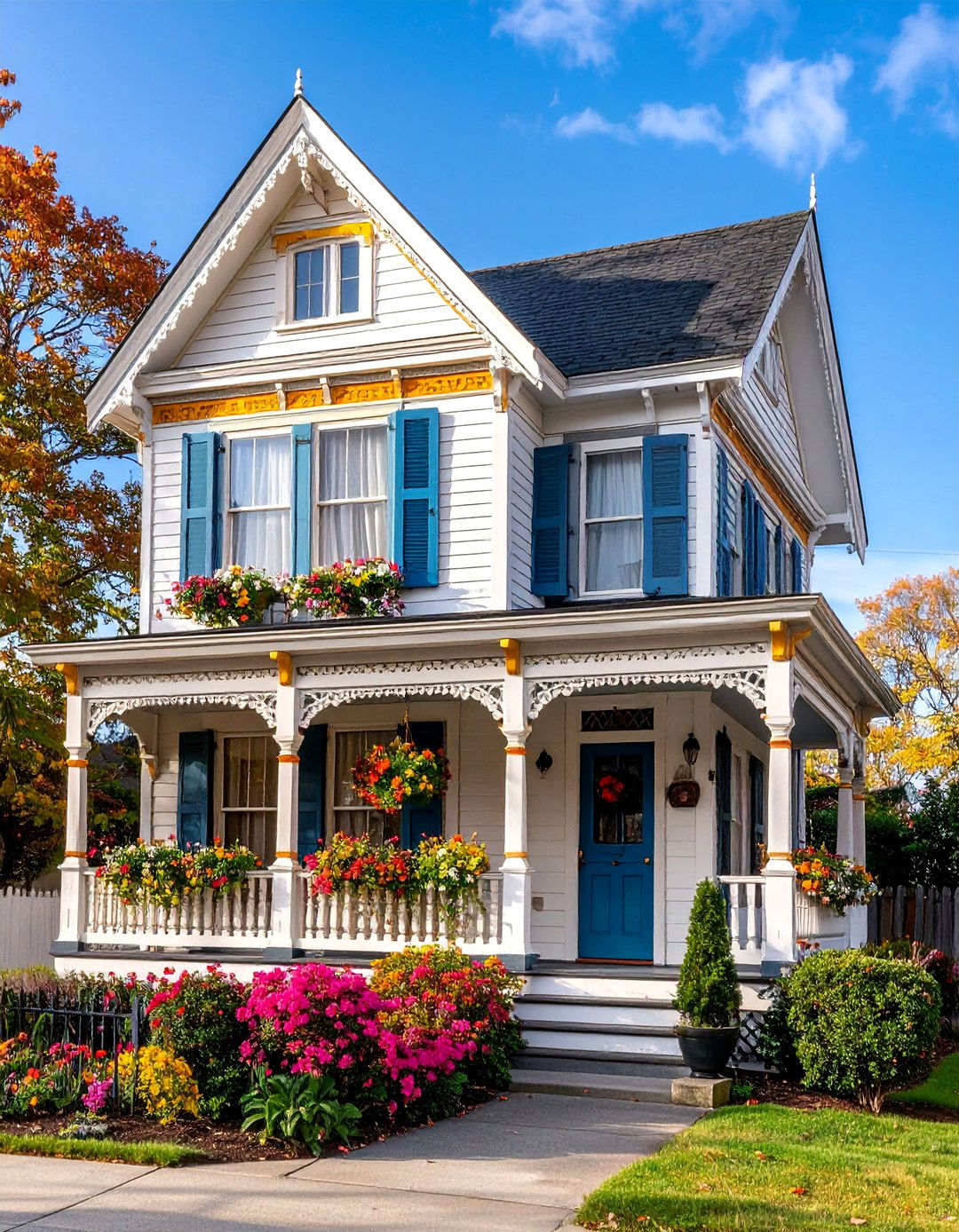
Ornate white gingerbread trim and decorative millwork transform simple white siding into an enchanting Victorian cottage that celebrates the era's love of architectural ornamentation. The detailed trim around windows, doors, and eaves creates visual interest while showcasing traditional craftsmanship. Bay windows and wrap-around porches add dimensional complexity to the facade while providing additional living space. Steep-pitched roofs with decorative bargeboards and finials create dramatic rooflines that define the Victorian silhouette. Colorful accent paint on trim details can highlight the intricate woodwork while maintaining the white siding as the primary backdrop. Turned porch posts and decorative brackets support covered outdoor spaces that invite relaxation and social interaction. Period-appropriate landscaping with cottage gardens and picket fencing complete this charming interpretation of America's most decorative architectural period.
10. Contemporary Split-Level with Mixed White Siding
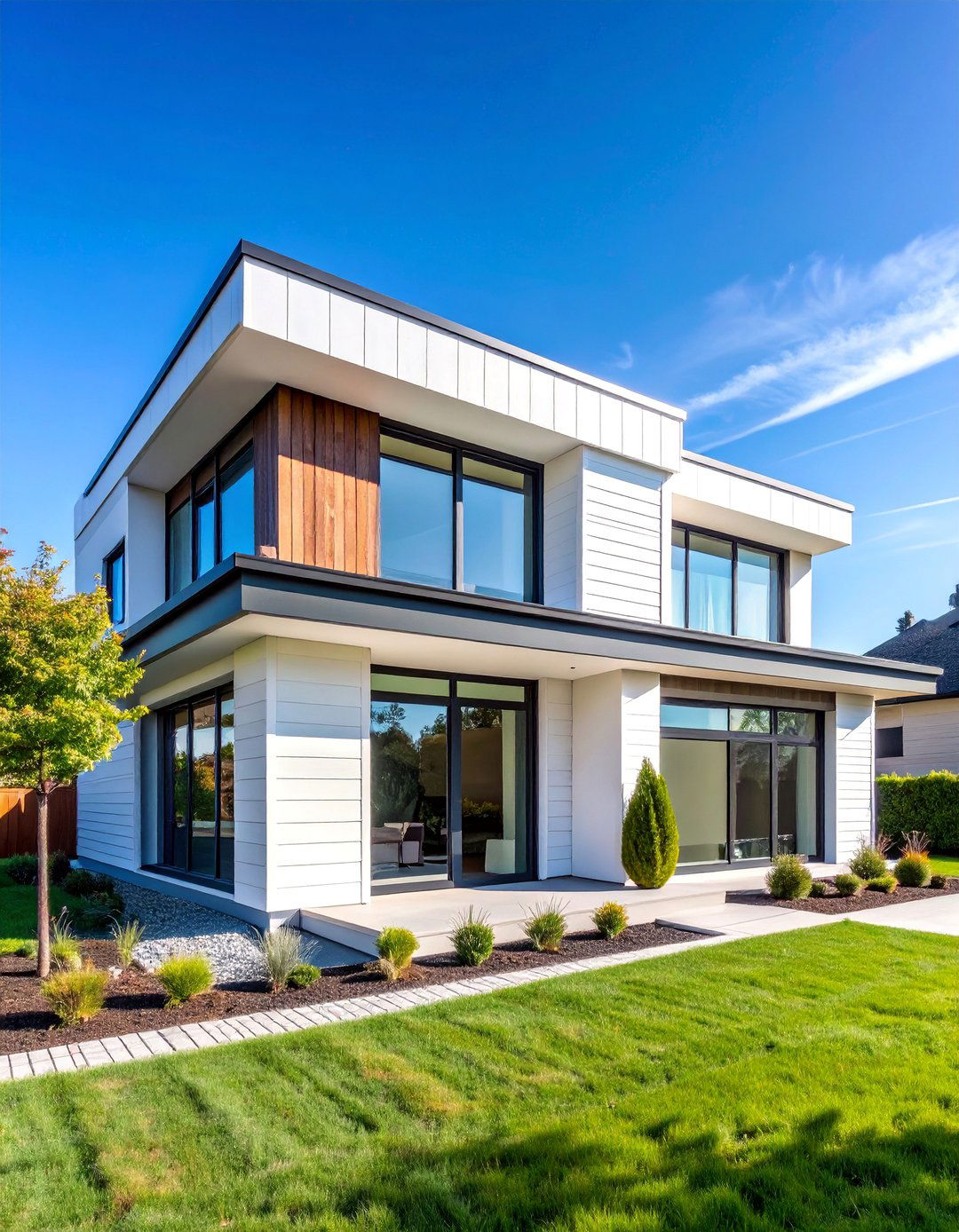
Strategic placement of different white siding profiles creates visual interest on this contemporary split-level design that reimagines the mid-century suburban home for modern living. Horizontal lap siding on the main level contrasts with vertical board and batten on upper sections, creating dynamic architectural rhythm. Large windows with minimal trim maintain clean contemporary lines while maximizing natural light and views. A combination of flat and pitched roof sections adds geometric complexity while maintaining the split-level's characteristic massing. Stone or brick accent walls provide material contrast and visual anchoring. Modern outdoor living spaces including decks and patios extend the home's functionality while maintaining architectural continuity. Updated proportions and contemporary details transform this practical house type into a sophisticated modern home that honors its suburban heritage while embracing current design sensibilities.
11. Colonial Revival with White Shutters and Dormers
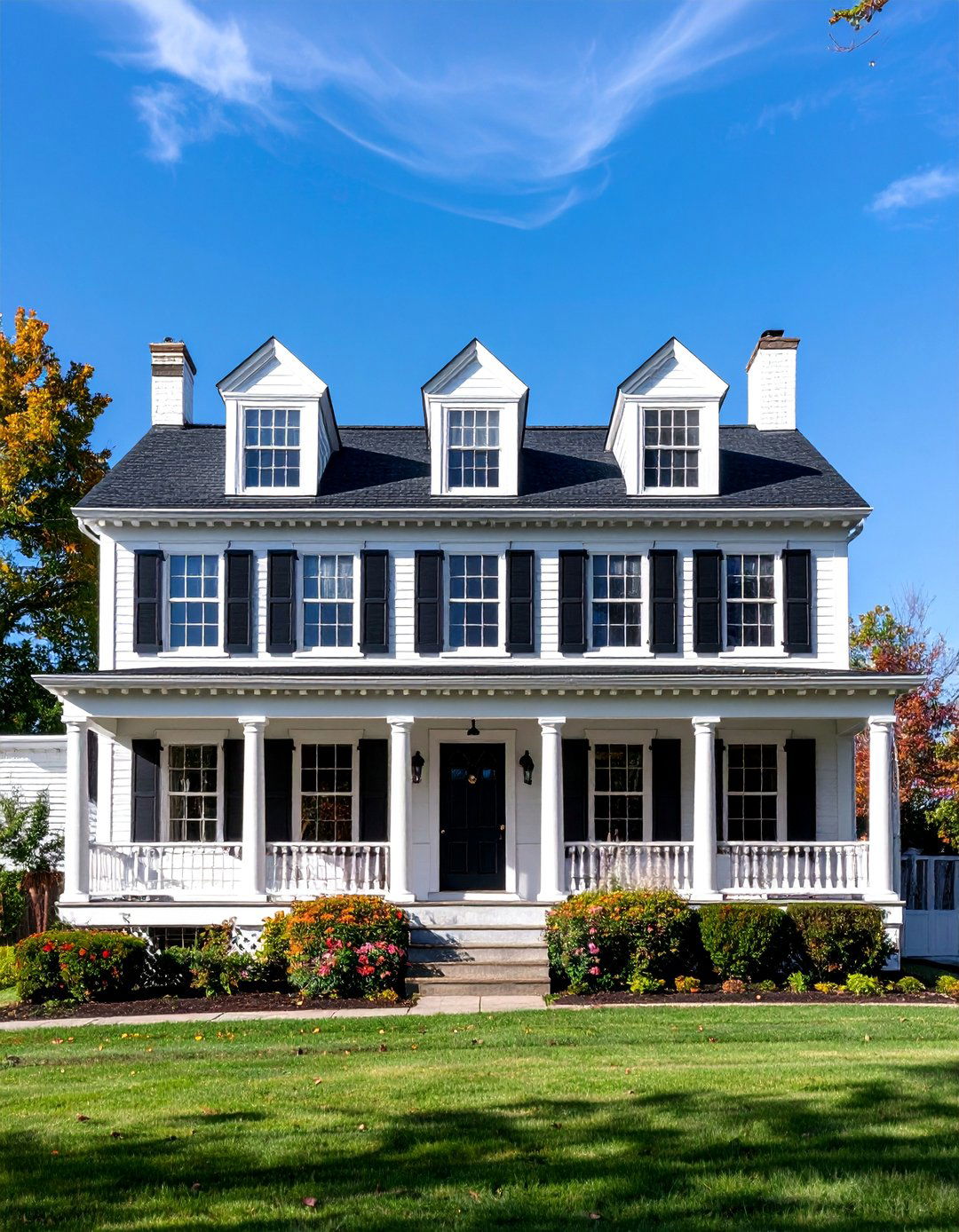
Symmetrical white siding paired with black shutters and prominent dormers creates a Colonial Revival exterior that honors America's architectural heritage while providing modern comfort and functionality. The formal facade with centered entrance and evenly spaced windows maintains classical proportions that define this enduring style. Dormers with matching siding and trim add upper-level space while preserving the home's traditional silhouette. A covered front porch or entry portico provides weather protection while creating welcoming architectural emphasis. Multi-pane windows with divided lights maintain period-appropriate character while incorporating modern energy efficiency. The medium-pitched roof with traditional shingle materials complements the home's historical character. Formal landscaping with foundation plantings and seasonal gardens enhances the home's stately presence while creating appropriate settings for this dignified architectural style that continues to define American residential architecture.
12. Transitional Style with White and Stone Combination

Natural stone wainscoting topped with white lap siding creates a sophisticated transitional exterior that bridges traditional and contemporary design sensibilities. The stone base provides visual weight and texture while the white siding above maintains clean, modern lines. Large windows with simple trim maximize natural light while maintaining understated elegance. A combination of gabled and shed roof forms adds architectural interest while avoiding overly traditional or contemporary extremes. Covered outdoor living spaces with stone columns and white trim connect interior and exterior spaces. Neutral landscaping with structured plantings complements the home's balanced aesthetic. Modern amenities including energy-efficient systems and contemporary fixtures are seamlessly integrated without compromising the design's timeless appeal. This approach creates homes that feel both current and enduring, avoiding trendy details that might quickly become dated.
13. Mediterranean-Inspired White Stucco Villa
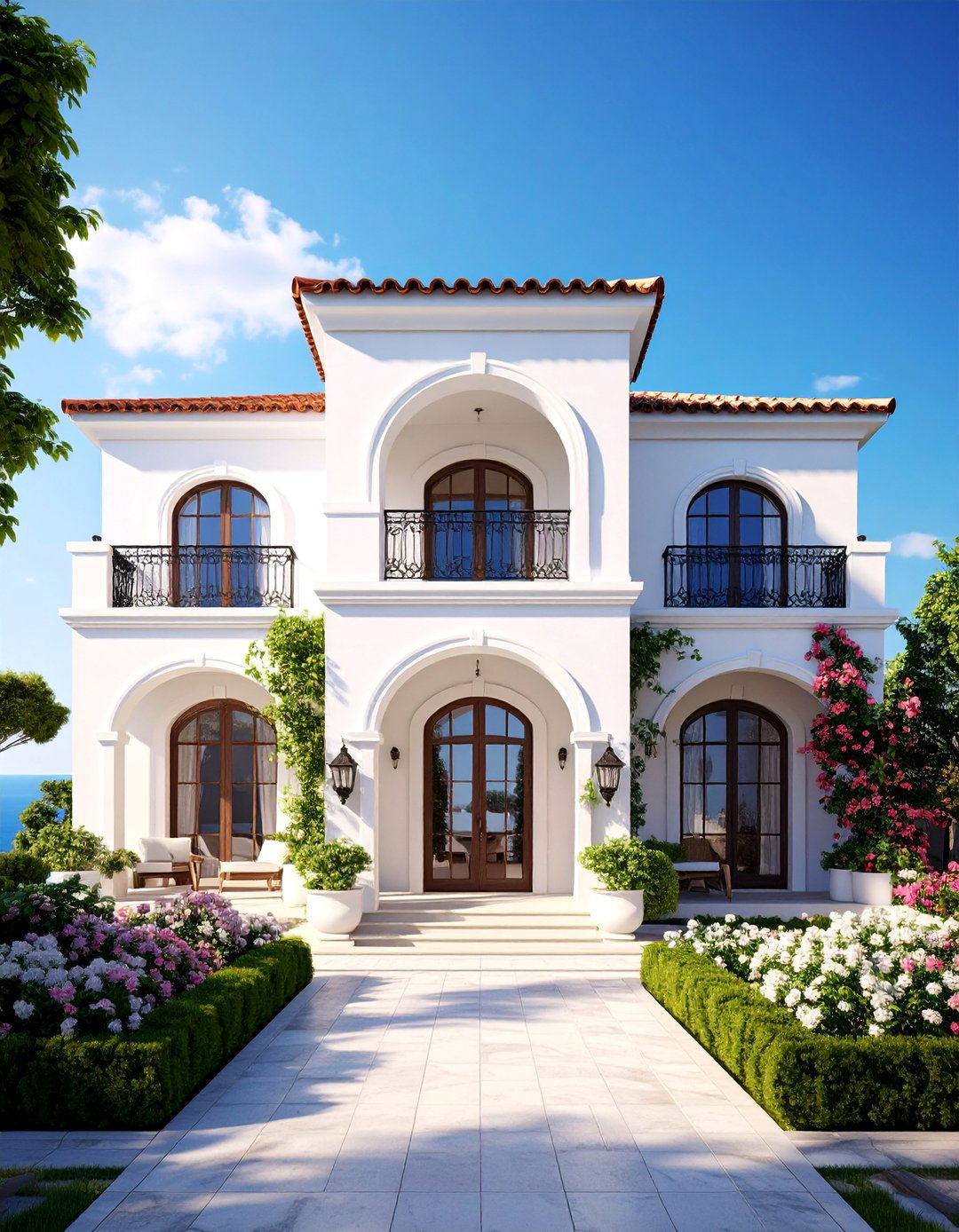
Smooth white stucco siding creates an elegant Mediterranean villa exterior that evokes coastal European architecture while adapting to American living patterns. The monochromatic white palette emphasizes architectural form while providing a sophisticated backdrop for decorative elements. Arched windows and doorways add classical Mediterranean character while maintaining clean contemporary lines. Red clay tile roofing provides authentic color contrast and weather protection. Wrought iron details on windows and balconies enhance the European character while providing security and decoration. Outdoor living spaces including patios and courtyards extend the home's functionality while embracing the Mediterranean lifestyle emphasis on indoor-outdoor living. Drought-tolerant landscaping with Mediterranean plants and hardscape elements completes the authentic regional character while addressing contemporary environmental concerns and maintenance considerations.
14. Bungalow Style with White Board and Batten
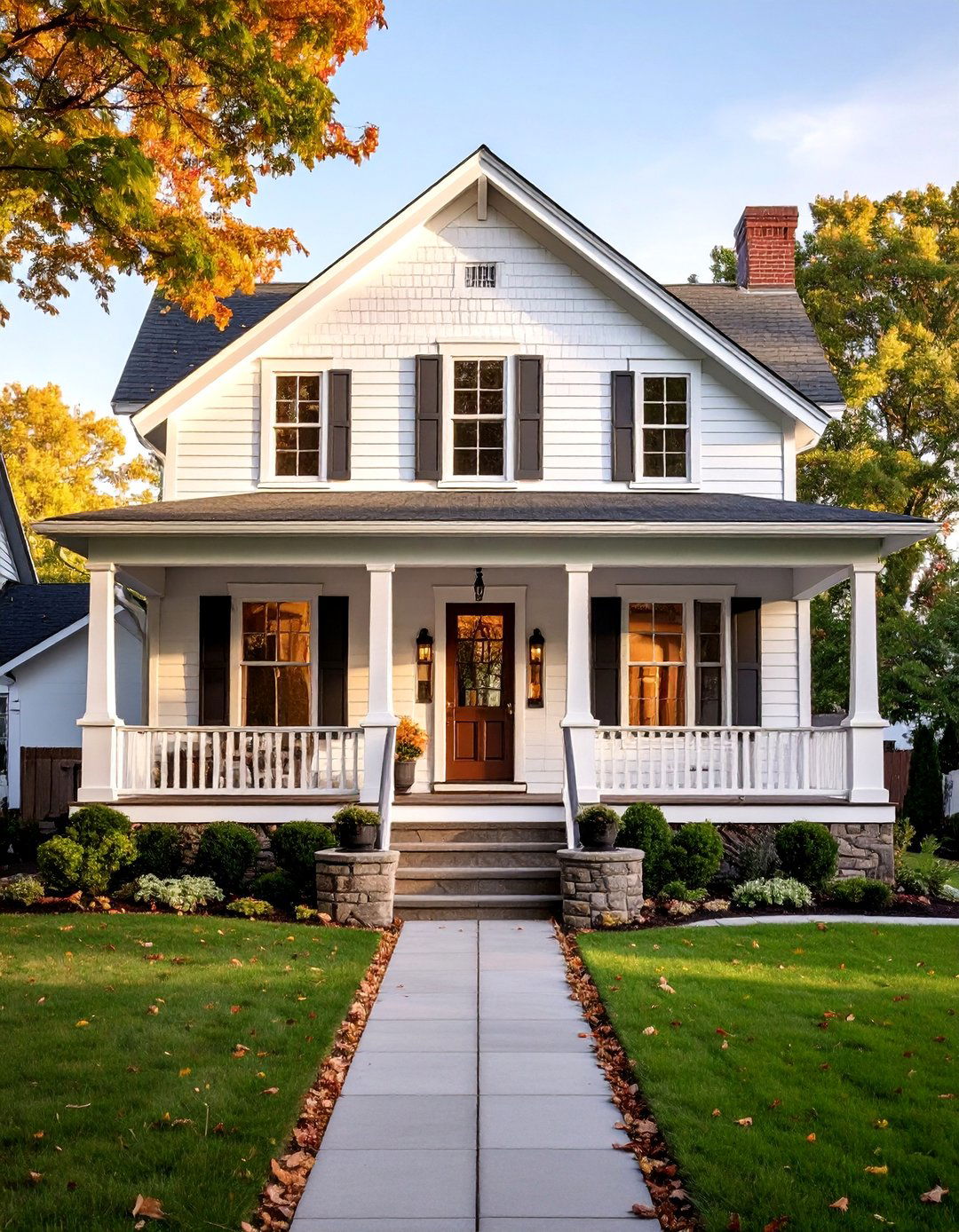
White board and batten siding combined with a low-pitched roof and wide front porch creates a charming bungalow exterior that celebrates this style's emphasis on horizontal proportions and outdoor living. The vertical siding provides texture while maintaining the home's modest scale and unpretentious character. Tapered columns on stone bases support the generous front porch that serves as an outdoor room for relaxation and socializing. Exposed rafter tails and decorative brackets showcase the Craftsman influence that shaped bungalow design. Multi-pane windows provide period-appropriate character while maintaining energy efficiency. Built-in planters and outdoor seating areas extend the home's living space while connecting to the surrounding landscape. Simple landscaping with native plants and natural materials complements the bungalow's philosophy of harmony with nature and emphasis on honest materials and straightforward design.
15. Prairie Style with Horizontal White Siding Emphasis

Long horizontal lines of white siding emphasize the Prairie style's connection to the American Midwest landscape while creating sophisticated architectural compositions that honor Frank Lloyd Wright's design philosophy. The continuous horizontal siding installation minimizes vertical joints while maximizing the visual emphasis on length rather than height. Bands of windows create ribbon effects that reinforce the horizontal emphasis while providing abundant natural light. Low-pitched roofs with wide overhangs protect the siding while creating strong horizontal shadow lines. Geometric detailing in trim and window arrangements reflects the Prairie school's emphasis on abstract design derived from natural forms. Integrated planters and outdoor spaces connect the home to its site while maintaining architectural continuity. Native landscaping with prairie grasses and regional plants completes the authentic connection to the American landscape that inspired this distinctly American architectural movement.
16. Federal Style with White Clapboard and Black Trim

Refined white clapboard siding with crisp black trim creates an elegant Federal style exterior that embodies the sophisticated classicism of early American architecture. The narrow horizontal siding boards provide subtle texture while maintaining the style's emphasis on smooth, refined surfaces. Decorative moldings around windows and doors showcase the period's love of classical detailing while maintaining appropriate scale and proportion. A paneled front door with sidelights and fanlight creates an impressive entrance that welcomes visitors with period-appropriate grandeur. Multi-pane windows with thin muntins provide historical accuracy while incorporating modern glazing technology. The medium-pitched roof with minimal overhang maintains the style's emphasis on geometric purity and classical restraint. Formal landscaping with geometric plantings and traditional materials complements the home's sophisticated character while creating appropriate settings for entertaining and daily living.
17. Gothic Revival with White Siding and Pointed Arches

Distinctive pointed arch windows and decorative bargeboards transform white board and batten siding into a romantic Gothic Revival cottage that celebrates medieval architectural traditions. The vertical siding emphasizes the style's upward-reaching character while providing texture and visual interest. Steep-pitched roofs with decorative trim create dramatic silhouettes that define the Gothic aesthetic. Bay windows and projecting gables add dimensional complexity while providing additional interior space and natural light. Ornate trim details painted in contrasting colors can highlight the architectural features while maintaining white as the primary color. Covered porches with Gothic arches provide outdoor living space while reinforcing the style's distinctive character. Cottage gardens with informal plantings and picket fencing complete the romantic character that makes Gothic Revival homes enduringly appealing to homeowners seeking architectural personality and historical charm.
18. Second Empire with White Mansard Roof Elements
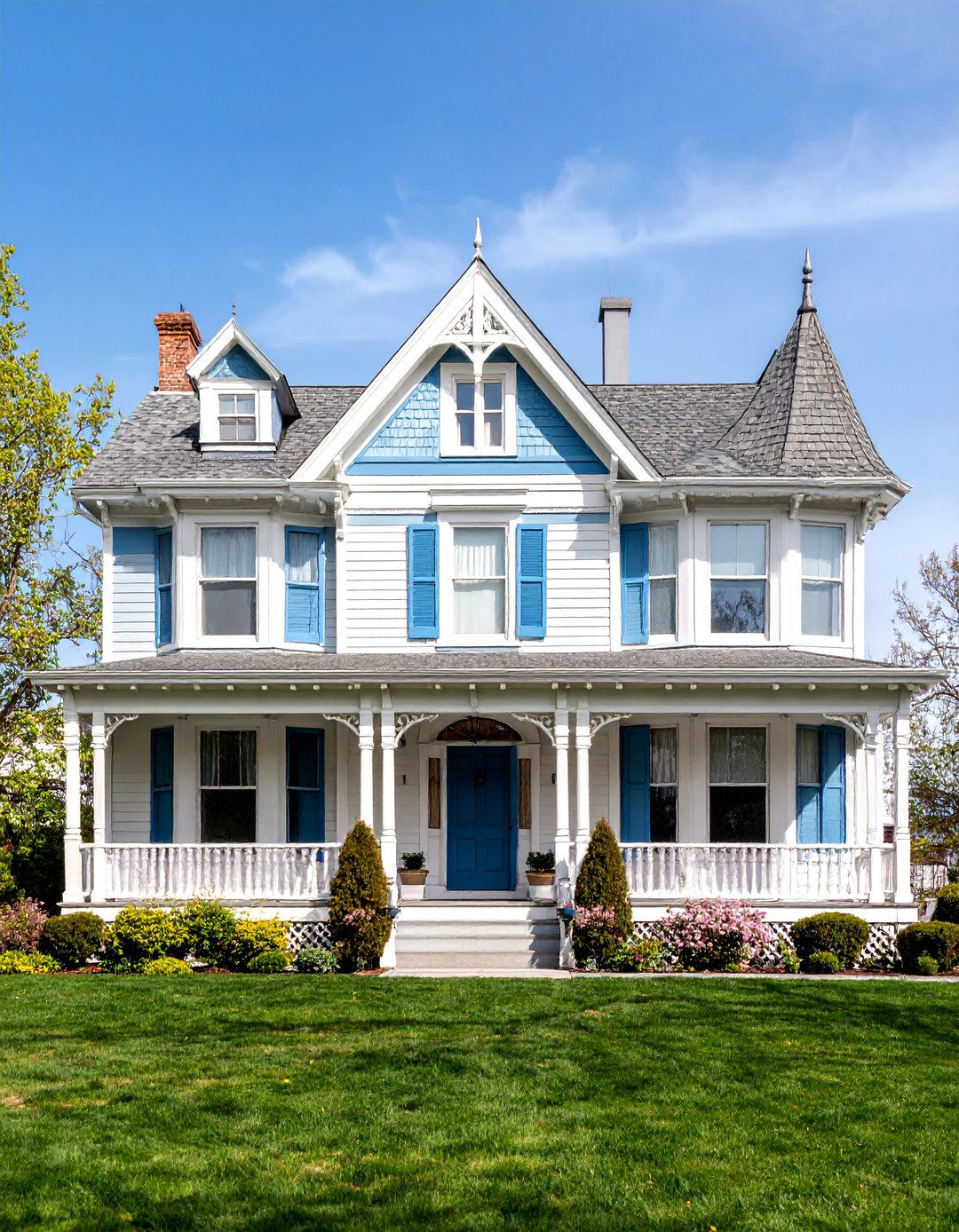
White-painted mansard roof elements combined with horizontal siding create a distinctive Second Empire exterior that showcases this style's characteristic French-inspired architecture. The mansard roof sections provide additional living space while creating the dramatic rooflines that define this Victorian-era style. Dormer windows with decorative trim provide natural light to upper levels while adding architectural complexity to the facade. Bay windows and projecting pavilions create dimensional interest while providing additional interior space. Ornate brackets and cornices showcase the period's love of elaborate decoration while maintaining sophisticated proportions. The combination of flat and sloped roof sections creates interesting shadow patterns while providing practical weather protection. Formal landscaping with geometric plantings and period-appropriate materials complements the home's sophisticated French-inspired character while creating elegant outdoor spaces that reflect the Second Empire's emphasis on urban sophistication and architectural grandeur.
19. Shingle Style with White-Painted Cedar Shingles
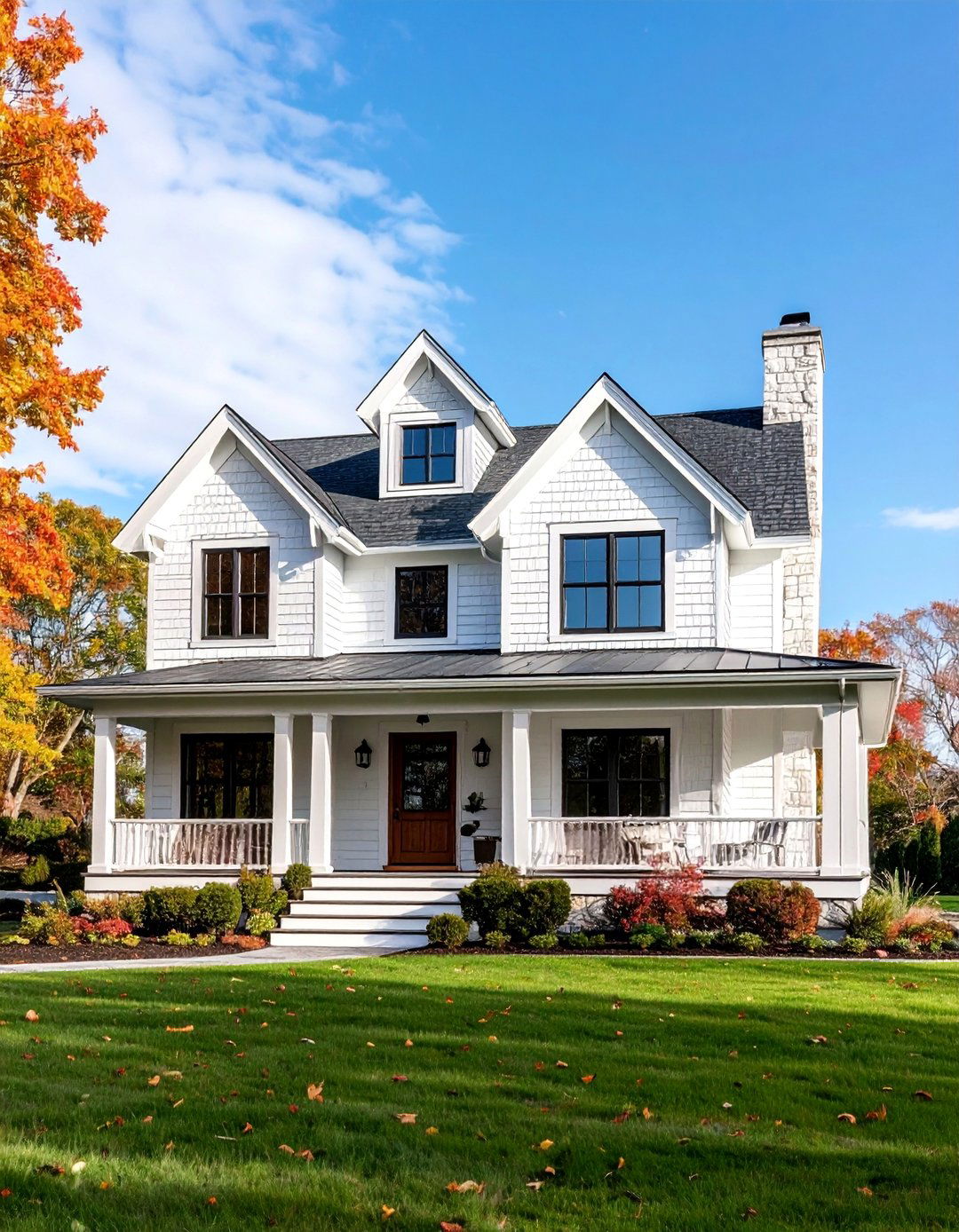
White-painted cedar shingle siding creates a sophisticated Shingle Style exterior that celebrates this distinctly American architectural movement while providing modern durability and maintenance advantages. The continuous shingle installation eliminates horizontal breaks while creating subtle texture that changes with light and shadow throughout the day. Large windows with minimal trim maximize natural light and views while maintaining the style's emphasis on honest materials and craftsmanship. Complex rooflines with multiple gables and dormers create interesting architectural compositions while providing practical interior spaces. Stone foundations and chimneys provide visual anchoring while connecting the home to its natural setting. Wrap-around porches and outdoor living spaces extend the home's functionality while embracing the Shingle Style's emphasis on summer living and connection to the landscape. Natural landscaping with native plants and informal arrangements complements the style's integration with its surroundings.
20. Art Deco with White Stucco and Geometric Details
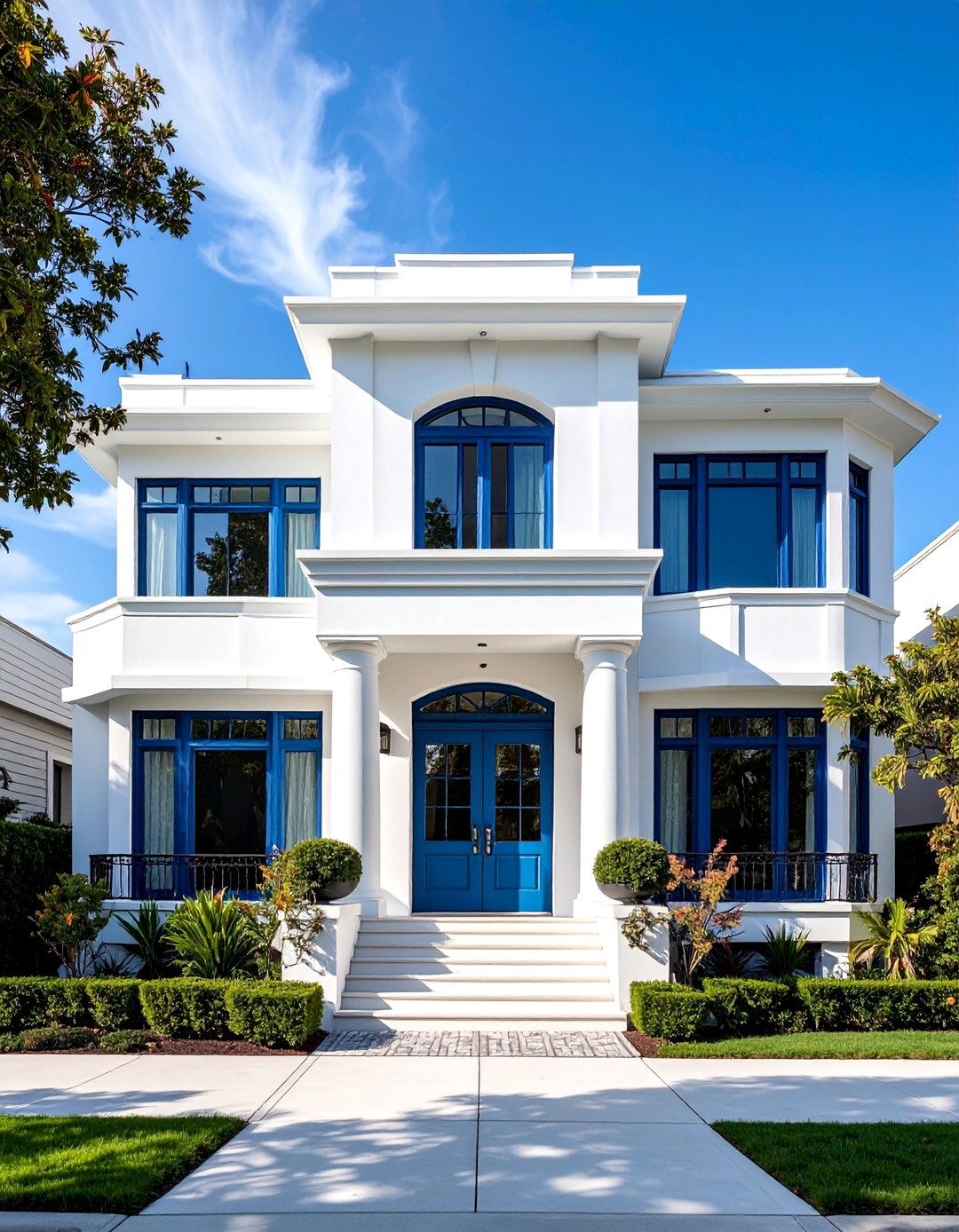
Smooth white stucco siding provides a clean backdrop for geometric Art Deco details that celebrate this style's emphasis on modern materials and machine-age aesthetics. The monochromatic white palette emphasizes architectural form while providing sophisticated urban elegance. Horizontal banding and geometric window arrangements create the linear compositions that define Art Deco design. Flat or low-pitched roofs maintain clean silhouettes while providing practical weather protection. Glass block windows and curved corners showcase the period's embrace of new materials and construction techniques. Streamlined details and minimal ornamentation reflect the movement's rejection of historical revival styles in favor of forward-looking modernism. Urban landscaping with geometric plantings and contemporary materials complements the home's sophisticated metropolitan character while creating outdoor spaces that reflect the Art Deco period's optimistic embrace of technology and progress.
21. International Style with White Panel Siding
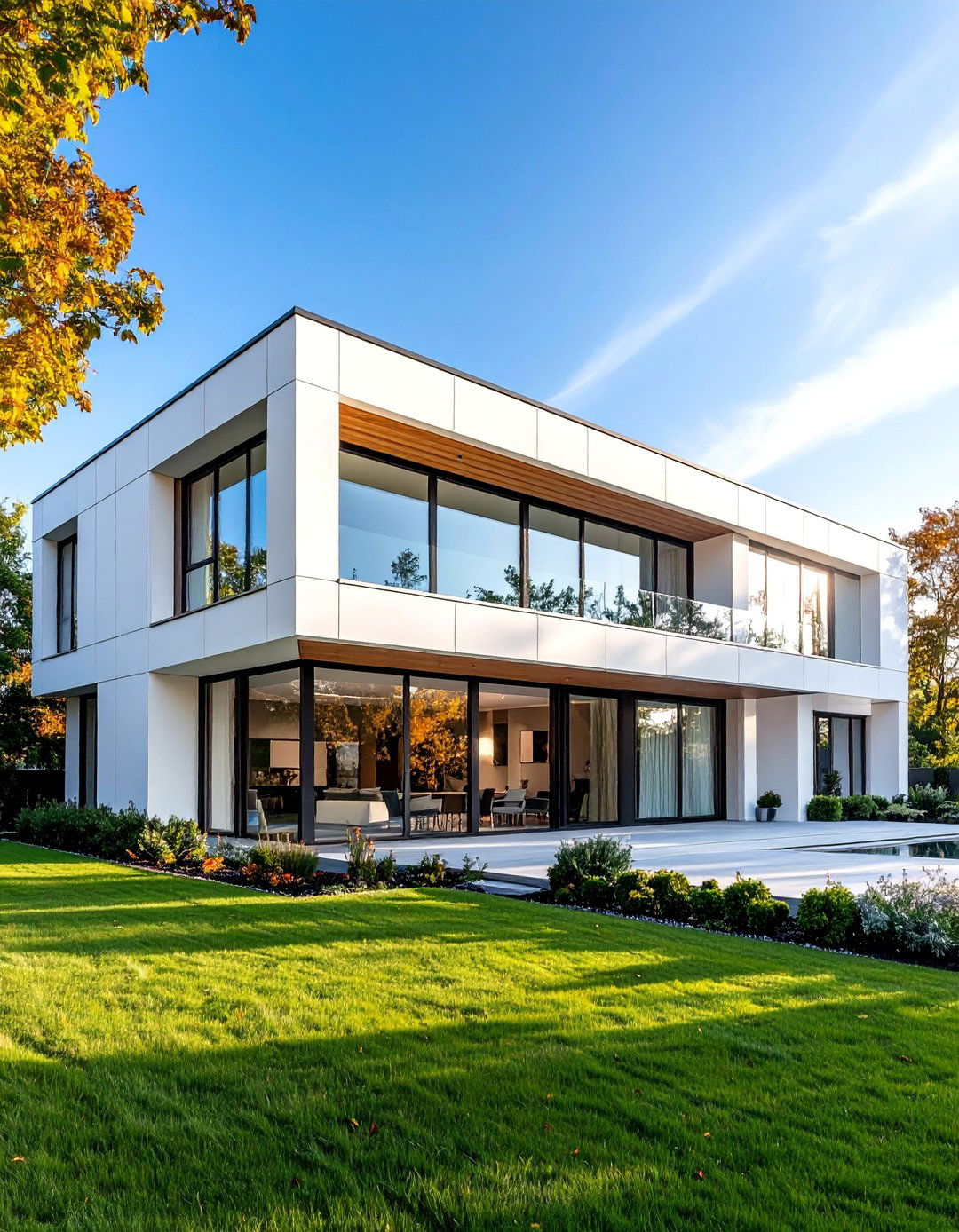
Large panels of smooth white siding create a pristine International Style exterior that embodies the modernist principles of function, materials, and spatial flow. The unornamented surfaces emphasize architectural form while eliminating decorative elements that might distract from the home's essential geometry. Ribbon windows and glass curtain walls maximize natural light while creating strong horizontal emphasis that defines this revolutionary architectural movement. Flat roofs and cantilevered elements showcase modern construction techniques while providing practical weather protection and outdoor living space. The absence of traditional decorative trim allows the siding's pure surfaces to create sophisticated compositions through proportion and spatial arrangement alone. Minimal landscaping with geometric plantings complements the home's abstract aesthetic while creating outdoor spaces that extend the interior's emphasis on light, space, and connection to the surrounding environment through modern materials and design principles.
22. Postmodern with White Siding and Classical Elements

White lap siding provides a neutral backdrop for Postmodern architectural elements that combine classical references with contemporary construction techniques and spatial arrangements. The clean siding installation maintains modern efficiency while supporting decorative elements that reference historical architectural traditions. Pediments, columns, and other classical details create focal points while avoiding literal historical reproduction in favor of abstract interpretation. Large windows and open floor plans maintain contemporary functionality while decorative elements add visual interest and cultural meaning. Complex rooflines and projecting elements create dynamic compositions that engage viewers while providing practical interior spaces. The white siding unifies diverse architectural elements while allowing decorative details to stand out against the neutral background. Contemporary landscaping with both formal and informal elements reflects the Postmodern integration of different design traditions while creating outdoor spaces that support modern living patterns.
23. New Urbanism with White Cottage-Style Siding
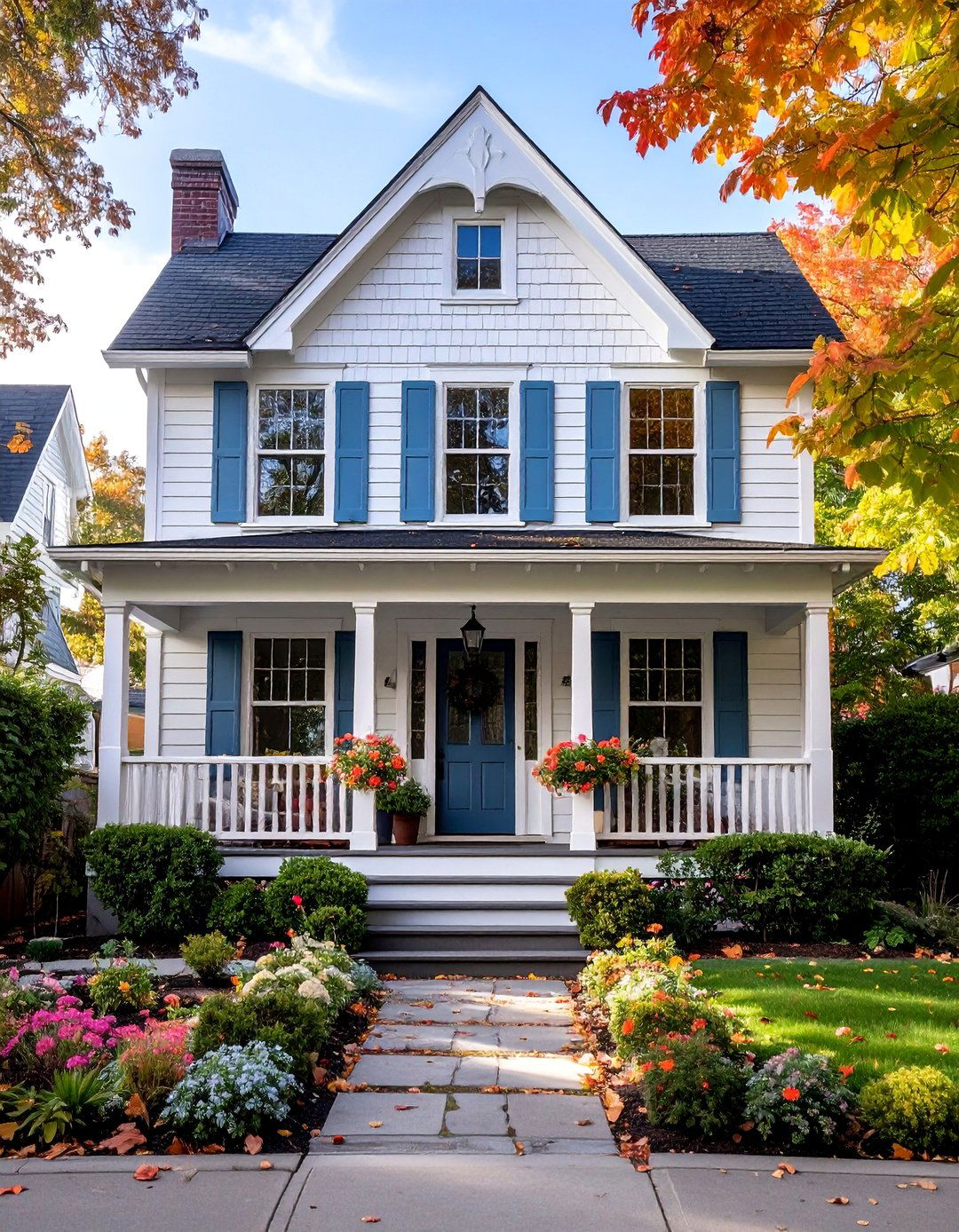
Traditional white cottage siding adapted for New Urbanism development creates pedestrian-friendly neighborhoods that combine historical architectural character with contemporary planning principles. The human-scaled proportions and front porches encourage social interaction while maintaining privacy and comfort. Mixed siding profiles including clapboard and shake create visual variety while maintaining neighborhood cohesion through consistent color palettes. Shallow front yards and sidewalk connectivity promote walkable communities while providing appropriate landscape settings. Architectural details including decorative trim and period-appropriate windows create visual interest while avoiding historical pastiche. Rear alleys and detached garages maintain attractive street frontages while providing necessary automobile access. Community green spaces and mixed-use development patterns create sustainable neighborhoods that combine the best aspects of traditional town planning with contemporary environmental and social awareness.
24. Sustainable Design with White Fiber Cement Siding

High-performance white fiber cement siding creates an environmentally responsible exterior that combines sustainability with aesthetic appeal and long-term durability. The cement-based material provides superior weather resistance while maintaining color stability without frequent repainting. Energy-efficient window systems and insulation packages reduce environmental impact while providing comfort and utility savings. Solar panels and other renewable energy systems integrate seamlessly with the clean white aesthetic while reducing the home's carbon footprint. Rainwater collection and native landscaping support water conservation while creating beautiful outdoor spaces. The white color reflects heat while reducing cooling loads in warm climates. Low-maintenance materials and systems reduce long-term environmental impact while providing homeowners with durable, attractive exteriors that maintain their appearance for decades. This approach demonstrates that environmental responsibility and aesthetic beauty can work together to create homes.
25. Neo-Traditional with White Mixed Siding Profiles

Strategic combinations of white siding profiles create sophisticated Neo-Traditional exteriors that honor architectural heritage while incorporating contemporary amenities and construction techniques. Board and batten, lap, and shake siding sections define different architectural zones while maintaining visual unity through consistent color treatment. Traditional proportions and details provide familiar character while modern materials ensure durability and performance. Covered porches and outdoor living spaces connect to historical precedents while accommodating contemporary lifestyle patterns. Energy-efficient systems and sustainable materials integrate invisibly while providing modern comfort and environmental responsibility. The white color palette allows architectural form and proportion to create visual interest while avoiding color conflicts that might date quickly. Classic landscaping with both formal and informal elements creates appropriate settings that support the architecture while providing outdoor enjoyment. This balanced approach creates homes that feel both timeless and contemporary.
Conclusion:
White siding house designs offer unparalleled versatility and timeless appeal that transcends architectural trends and regional preferences. From traditional colonial charm to cutting-edge contemporary aesthetics, white siding provides the perfect foundation for creating distinctive home exteriors that reflect personal style while maintaining broad market appeal. The twenty-five design concepts presented demonstrate how thoughtful material selection, proportion, and detailing can transform basic white siding into sophisticated architectural statements. Whether renovating an existing home or planning new construction, these design approaches offer inspiration for creating beautiful, durable exteriors that will provide lasting enjoyment and enduring value for years to come.



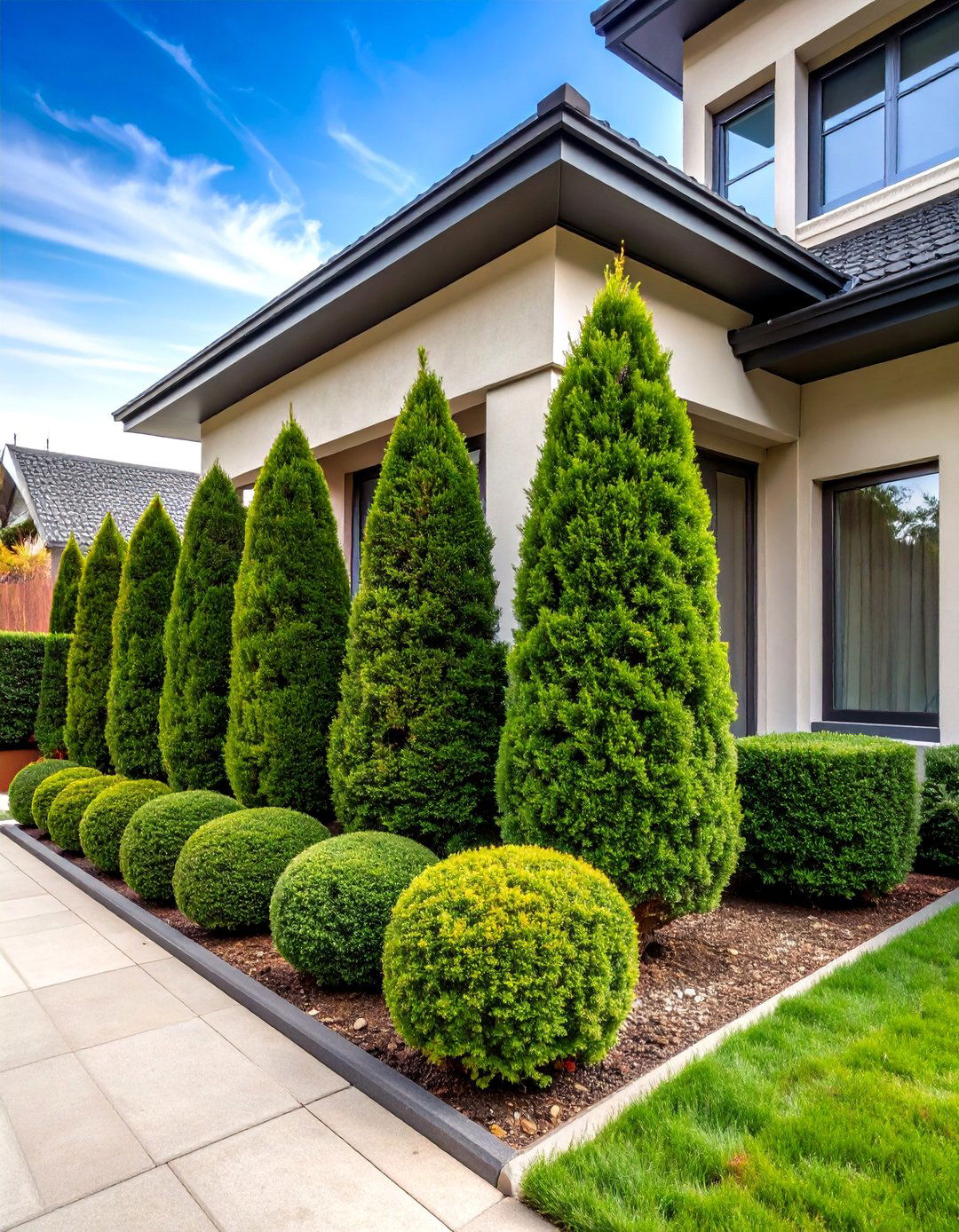
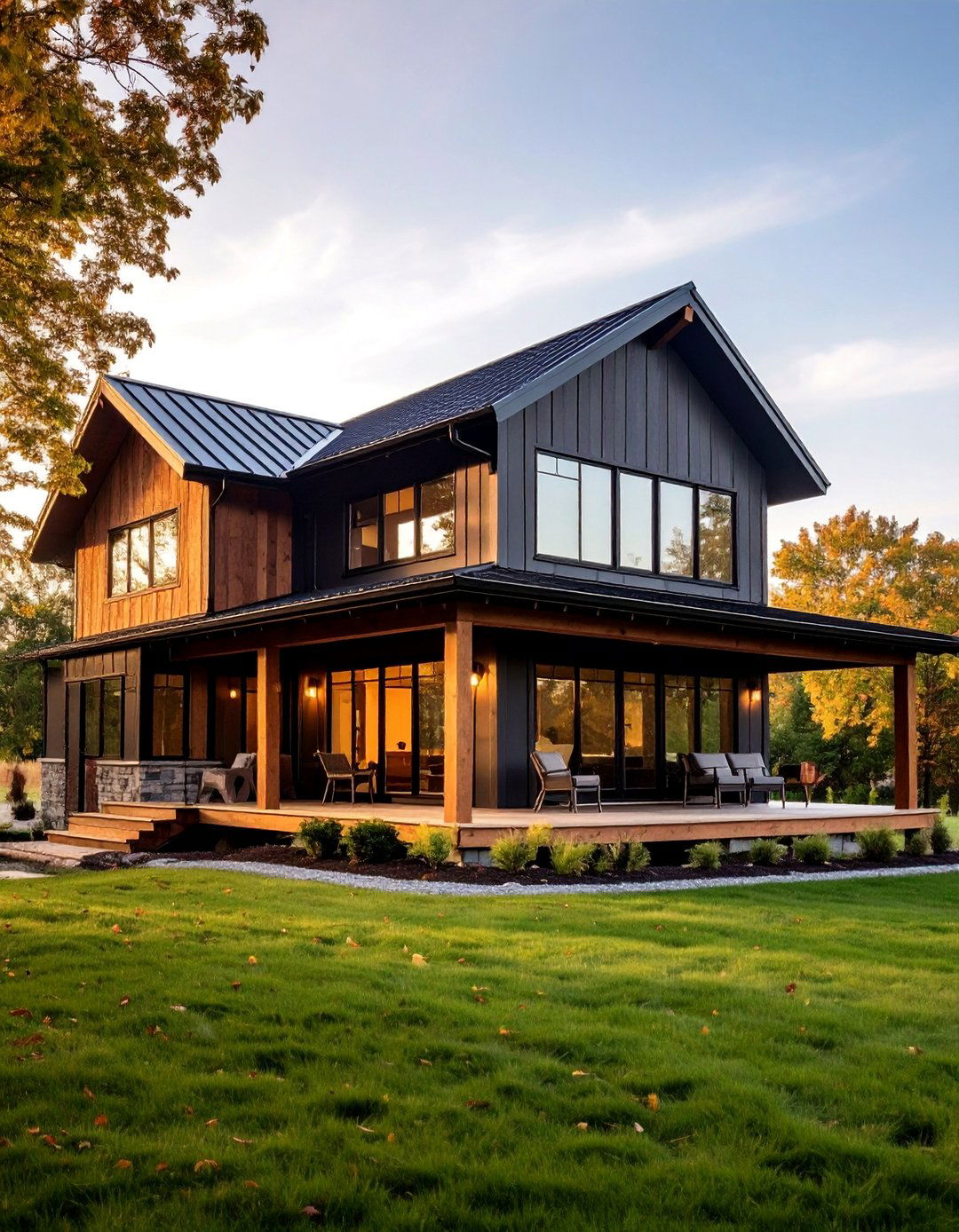

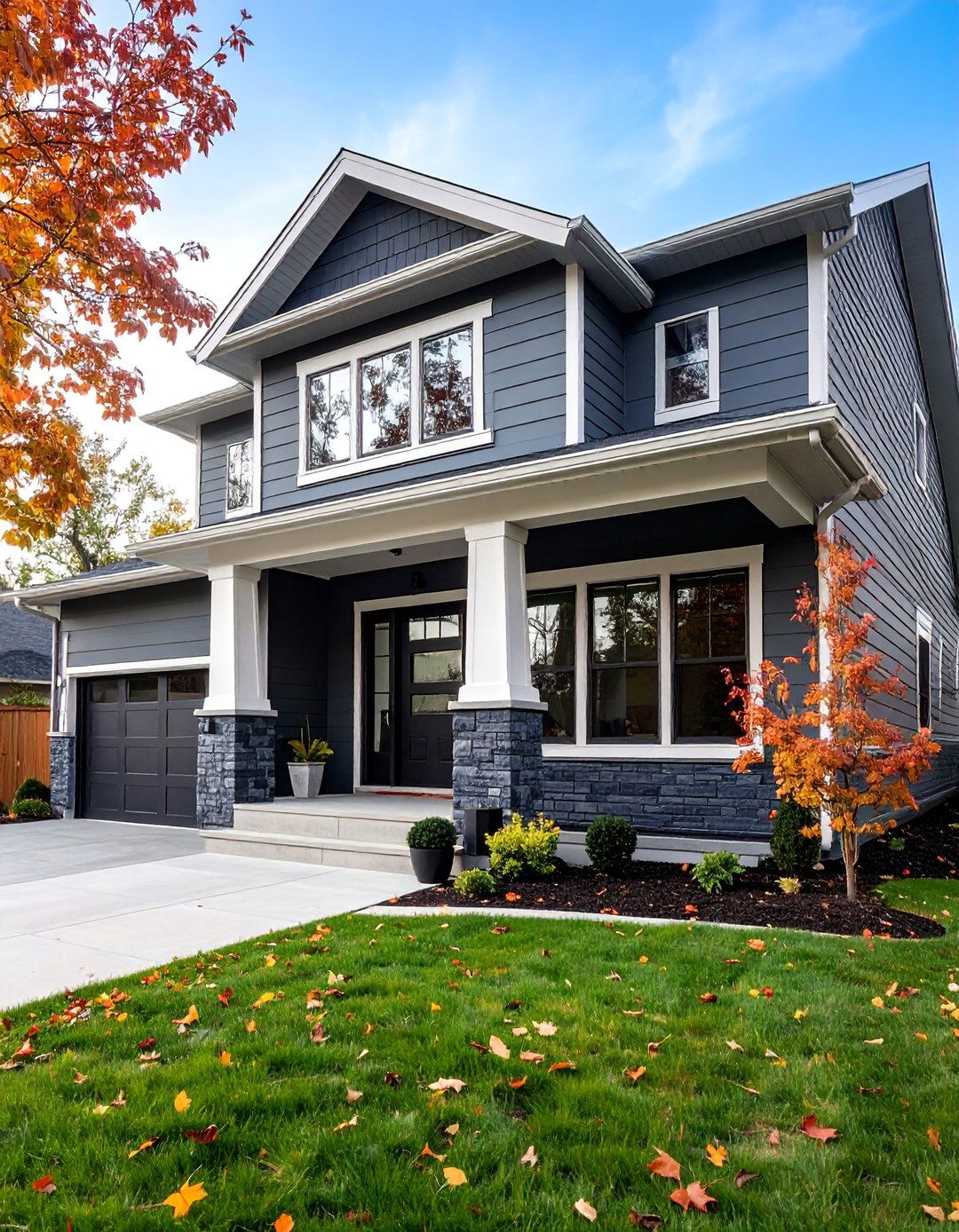
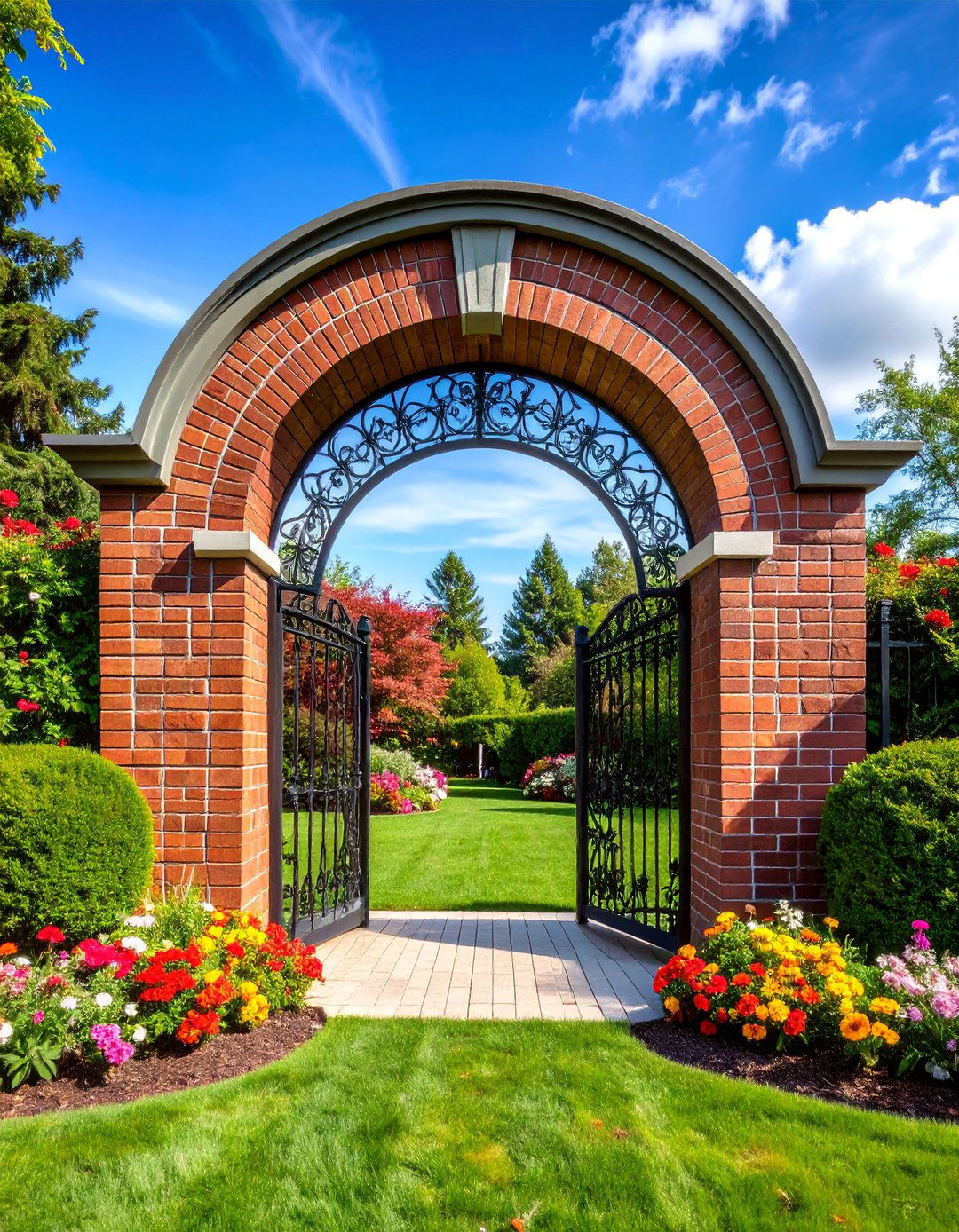
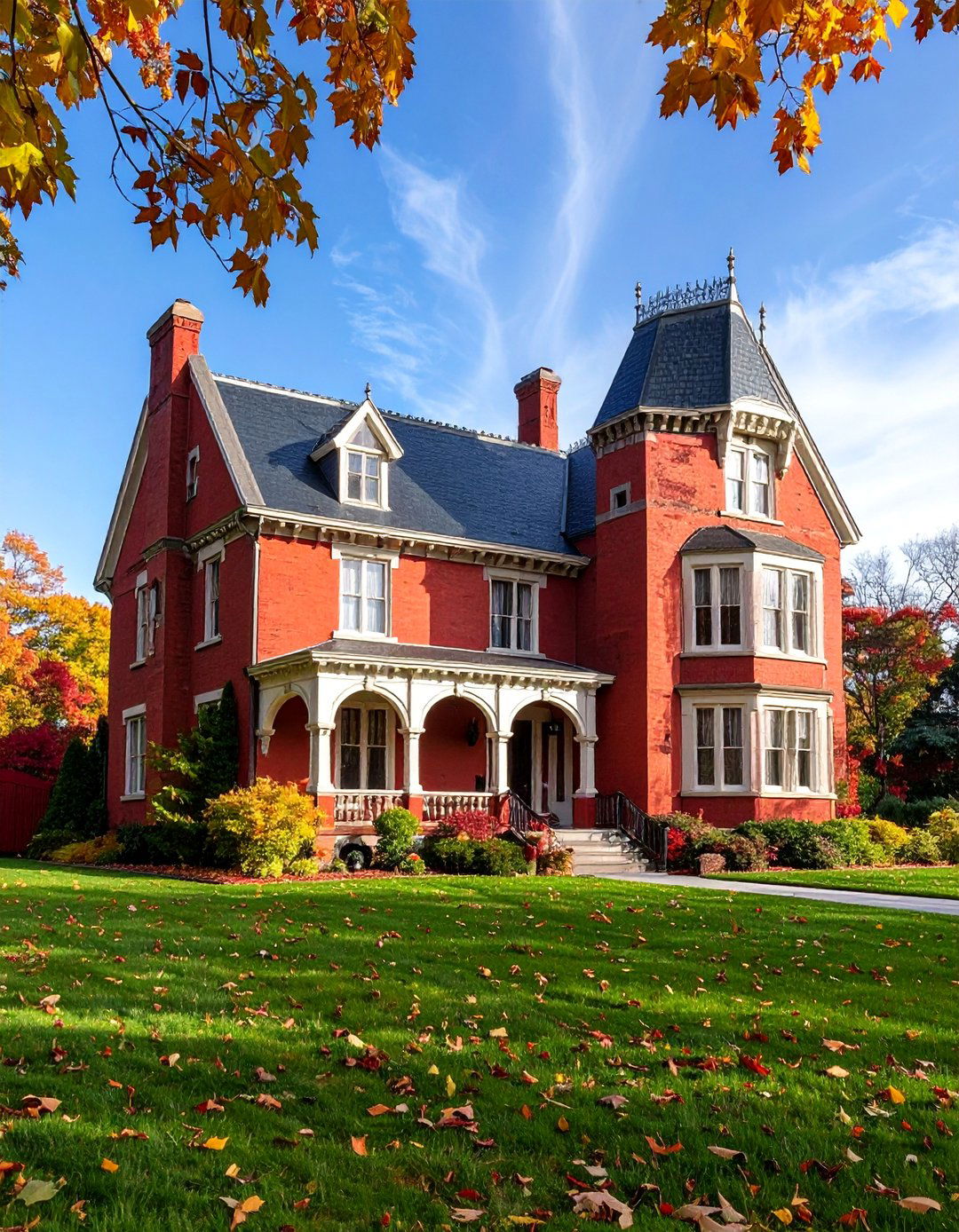

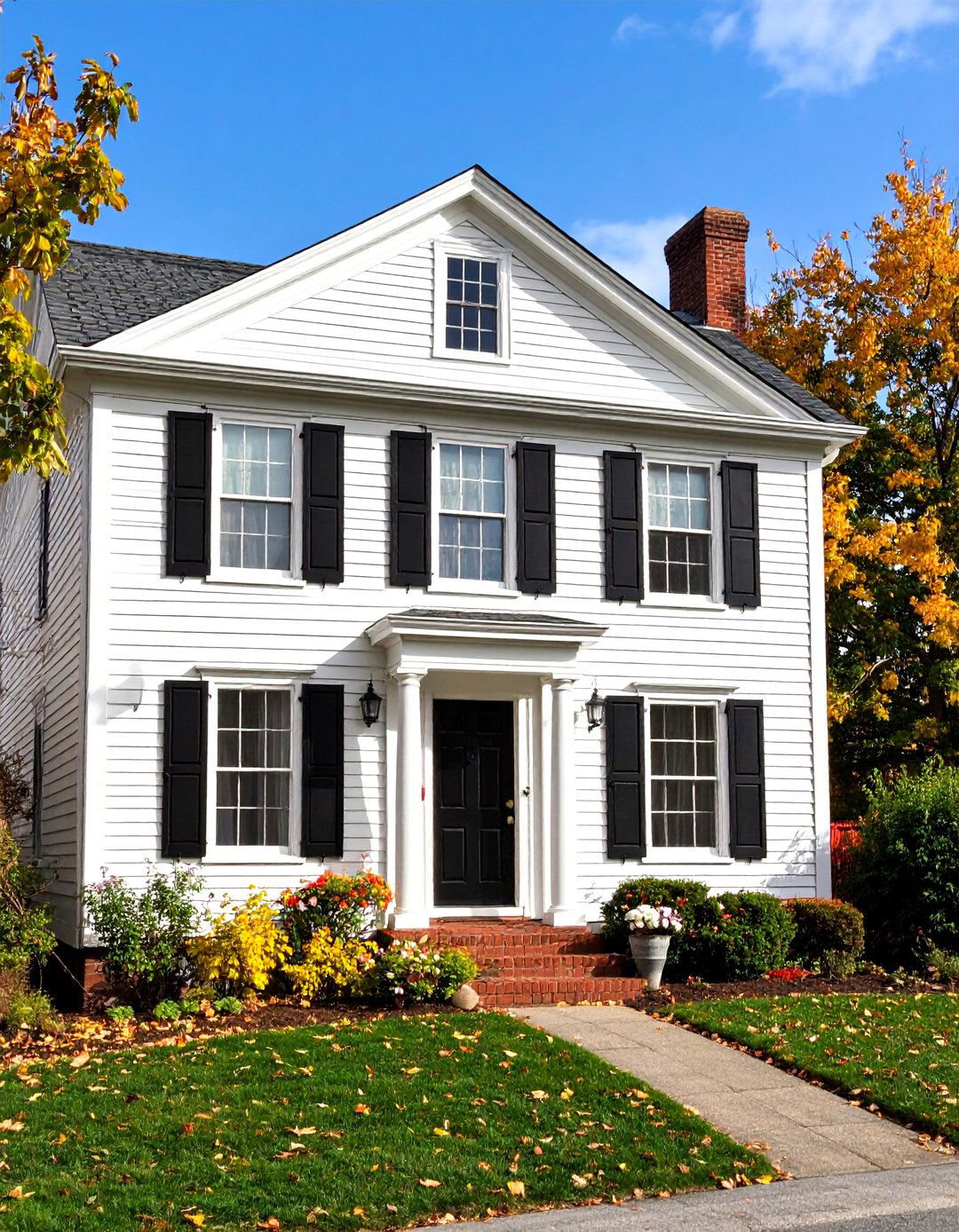
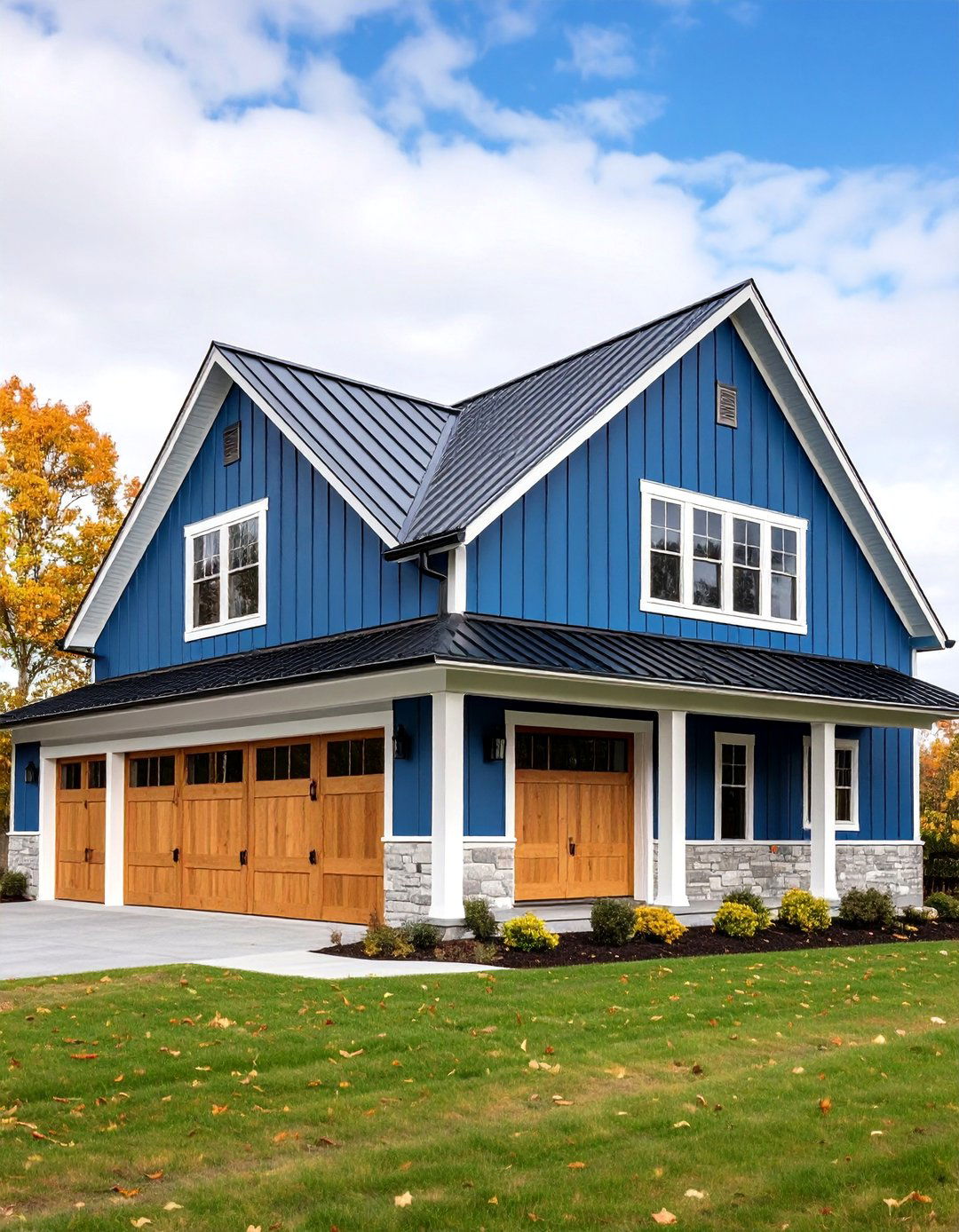
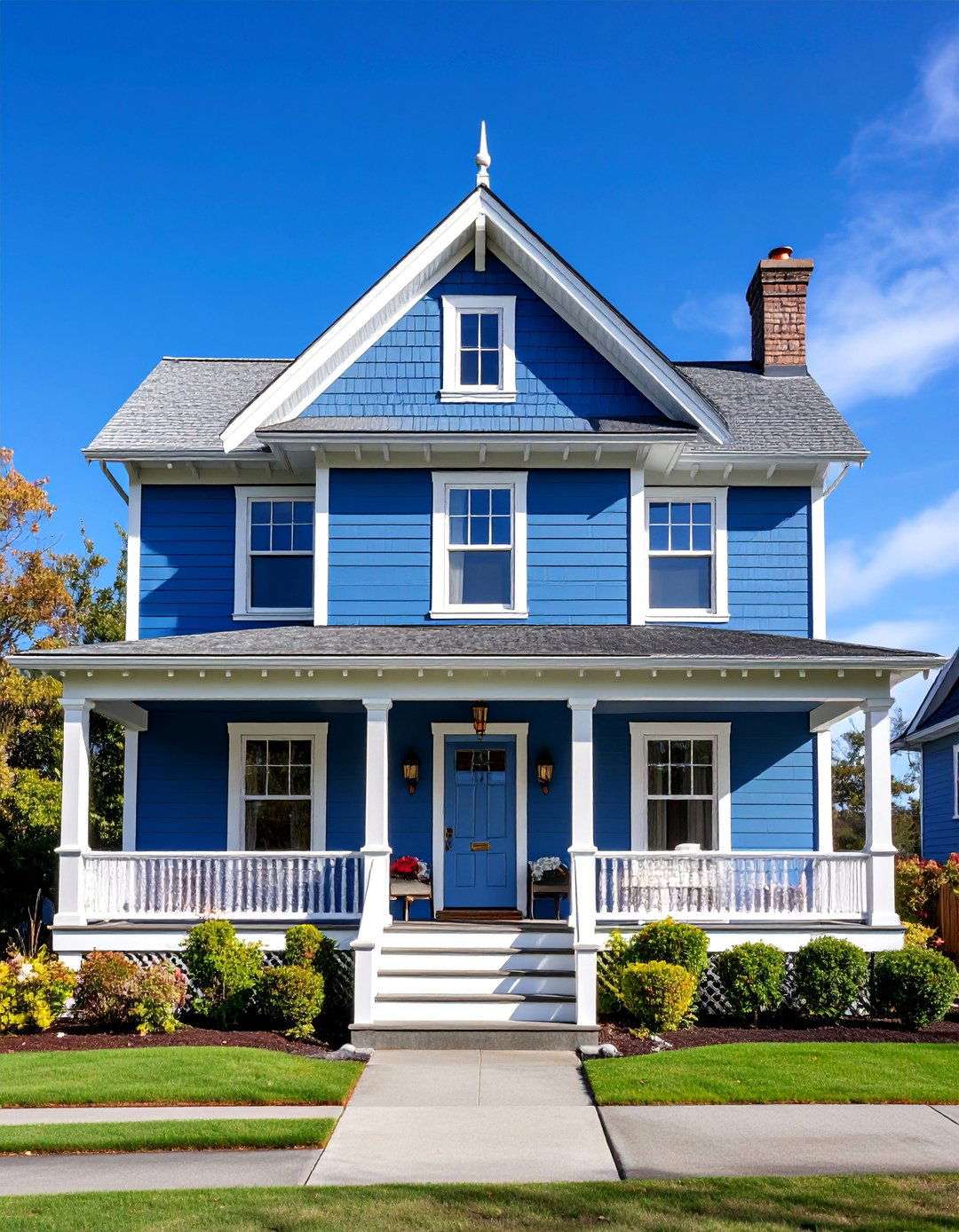

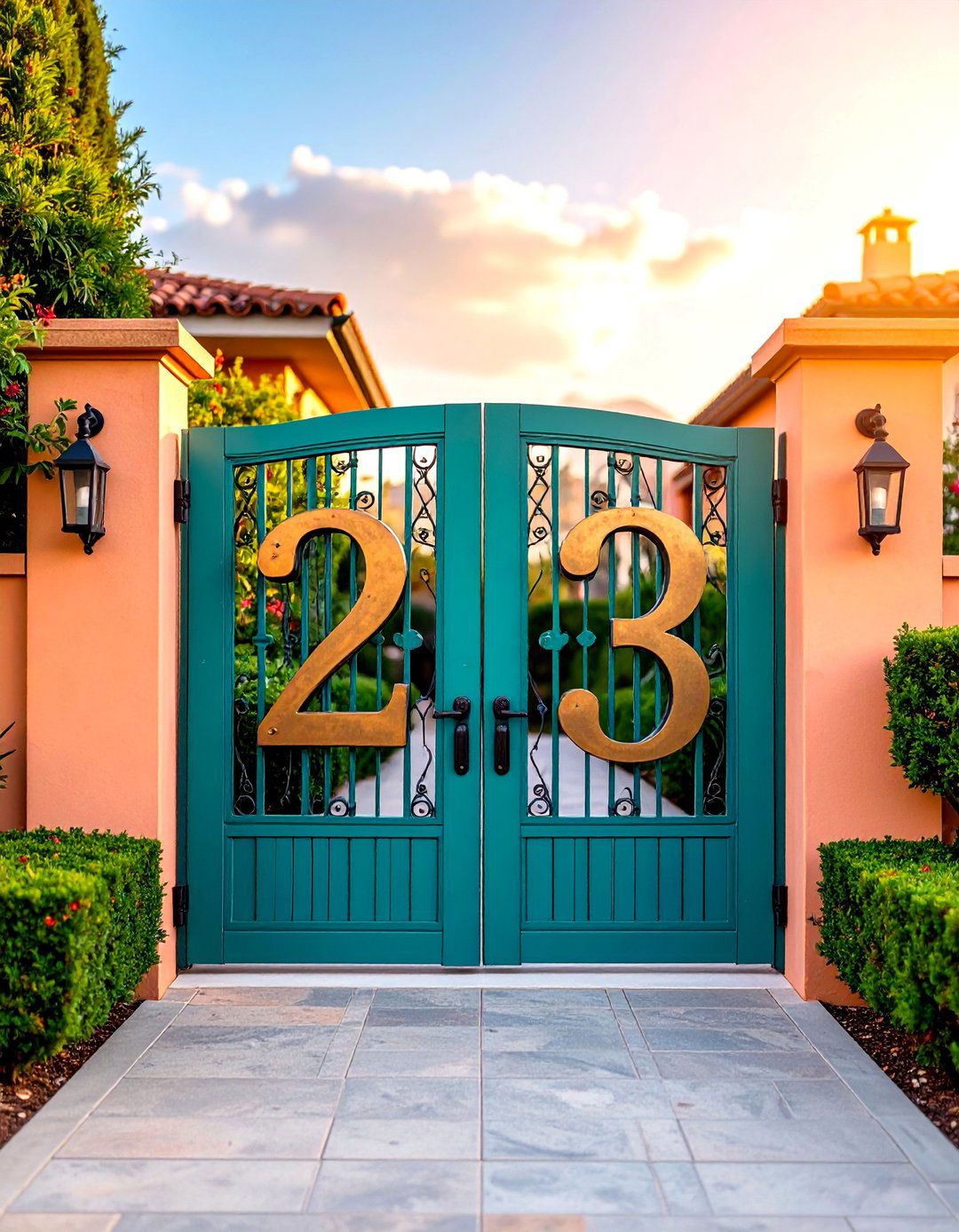

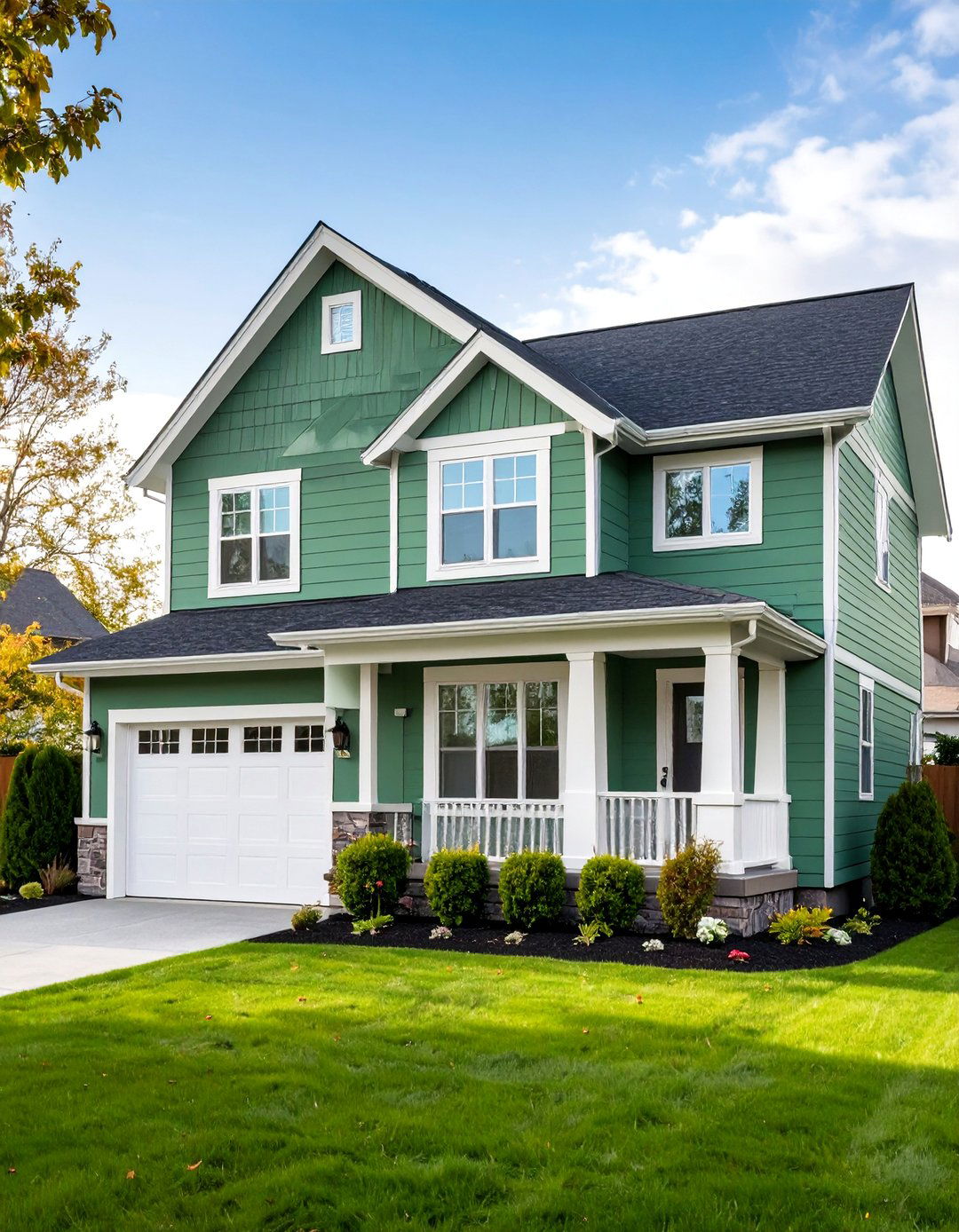
Leave a Reply